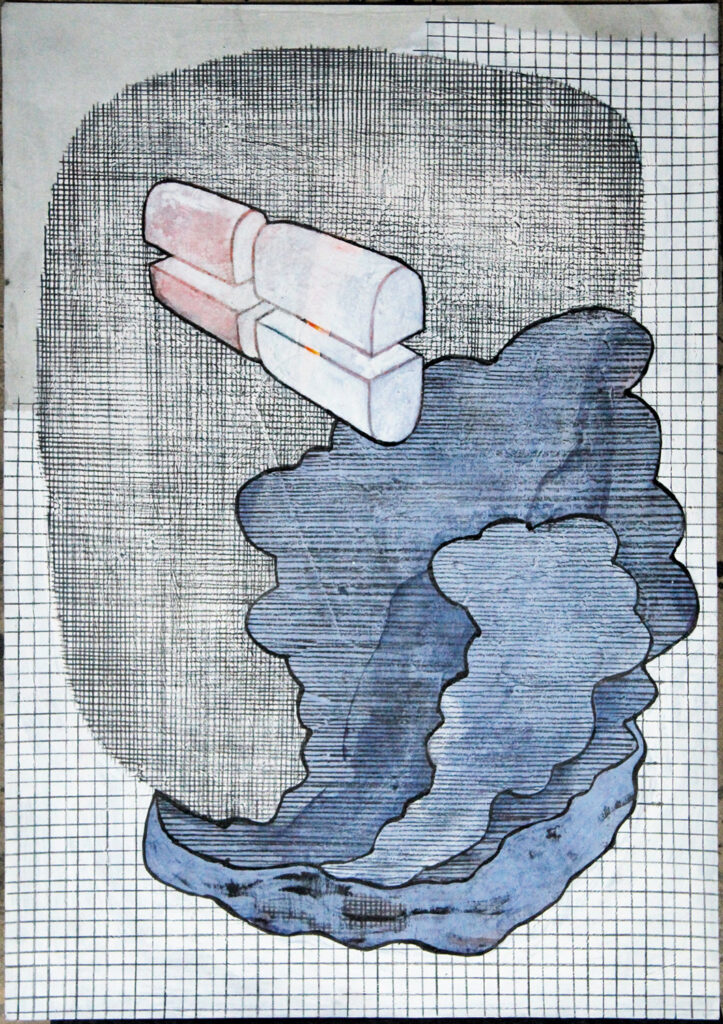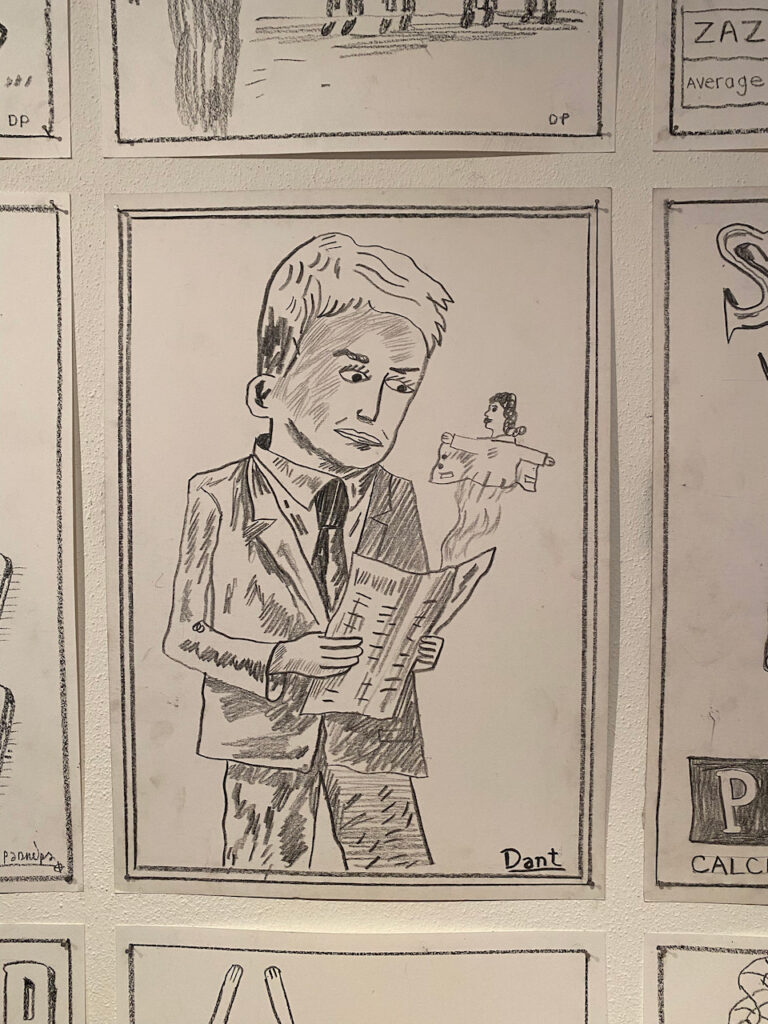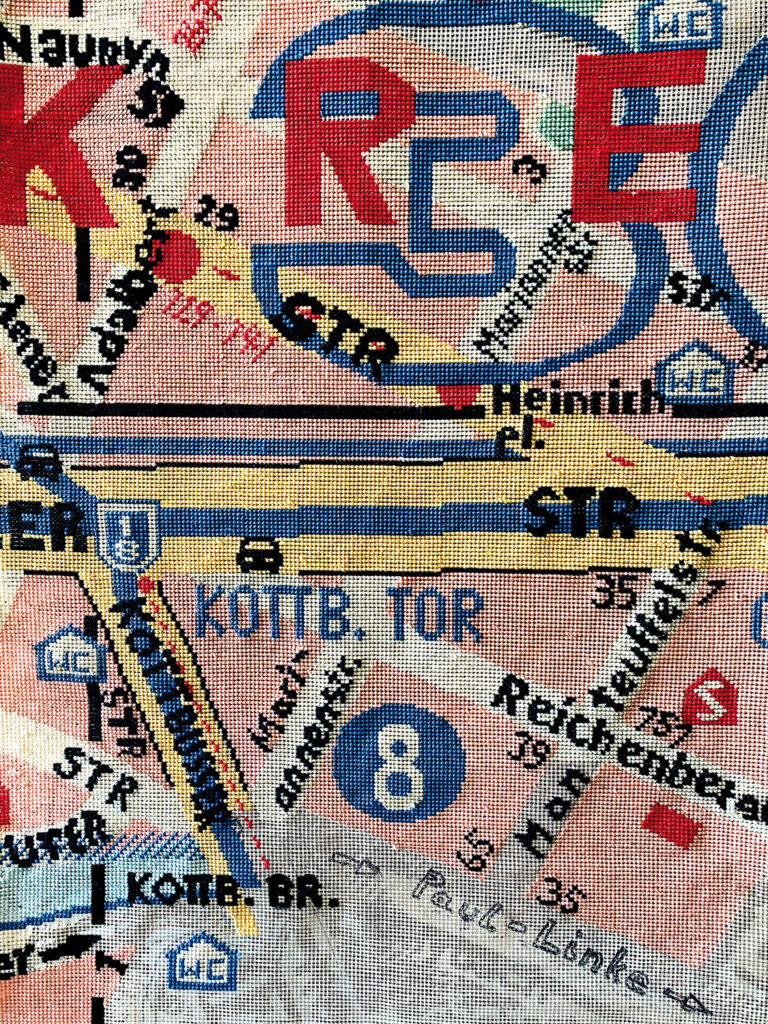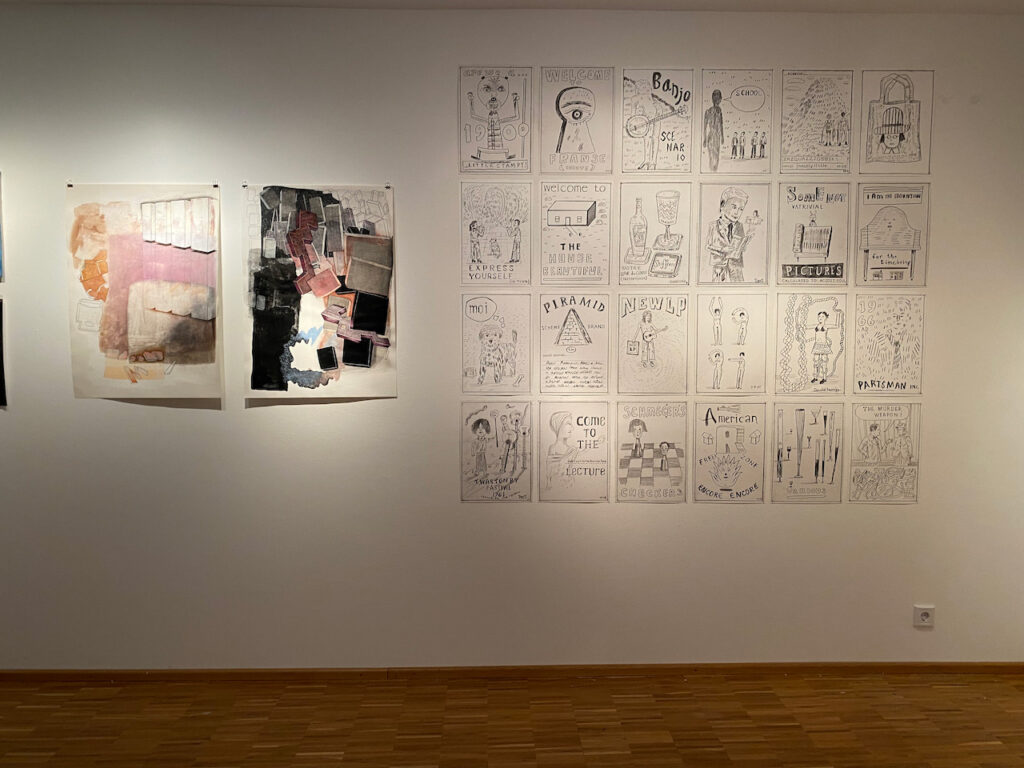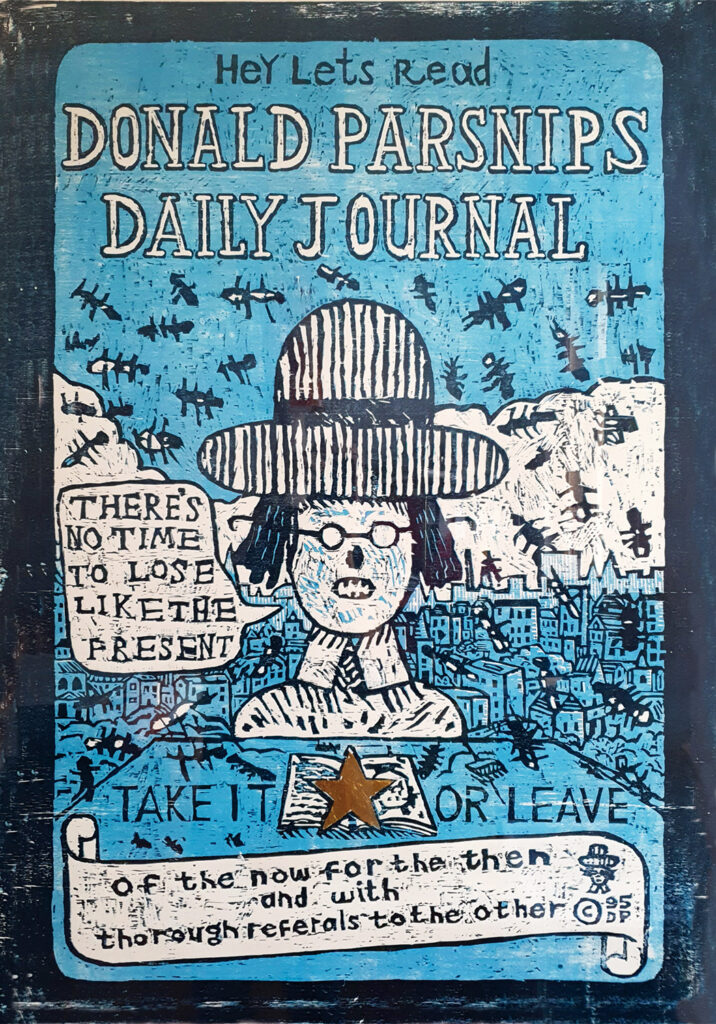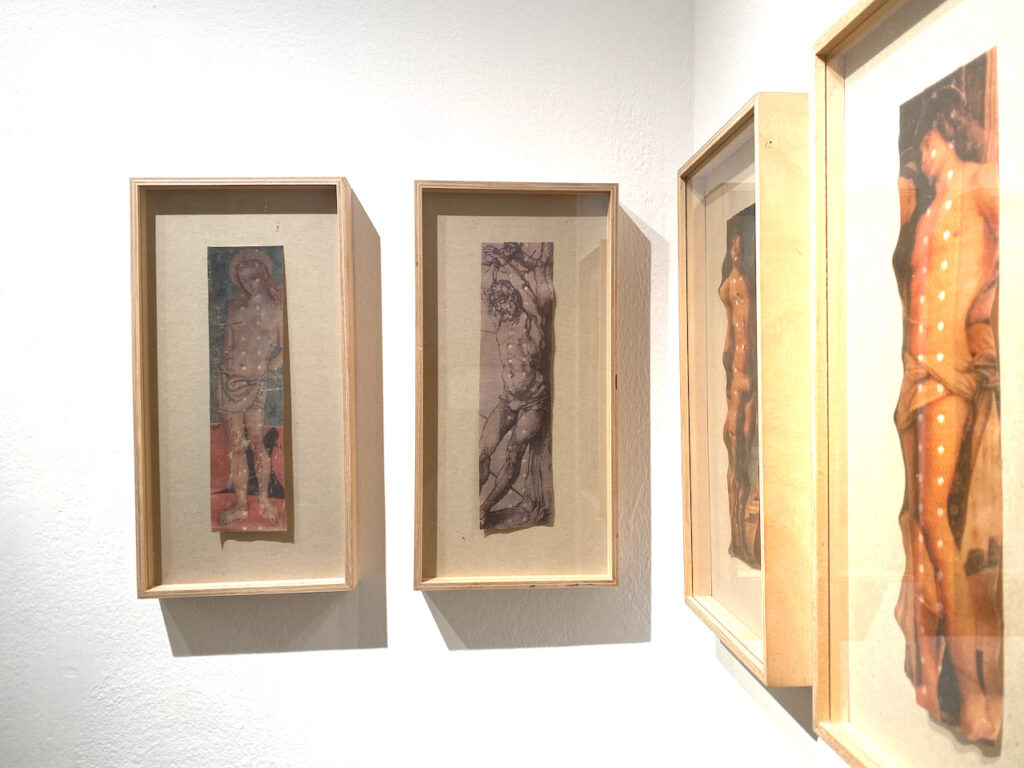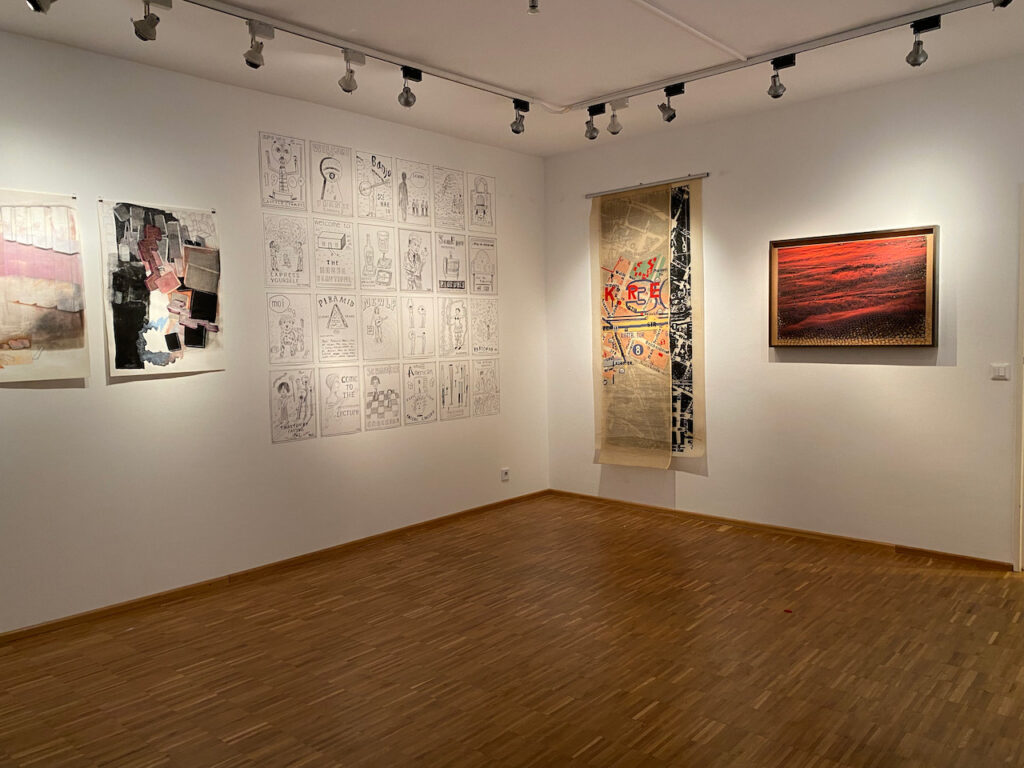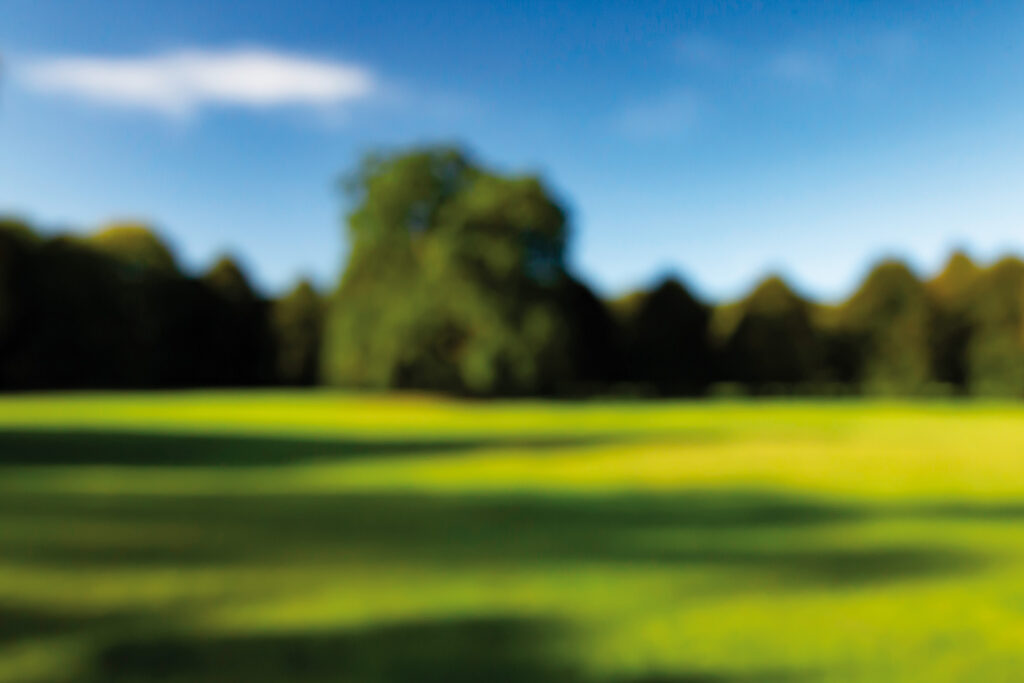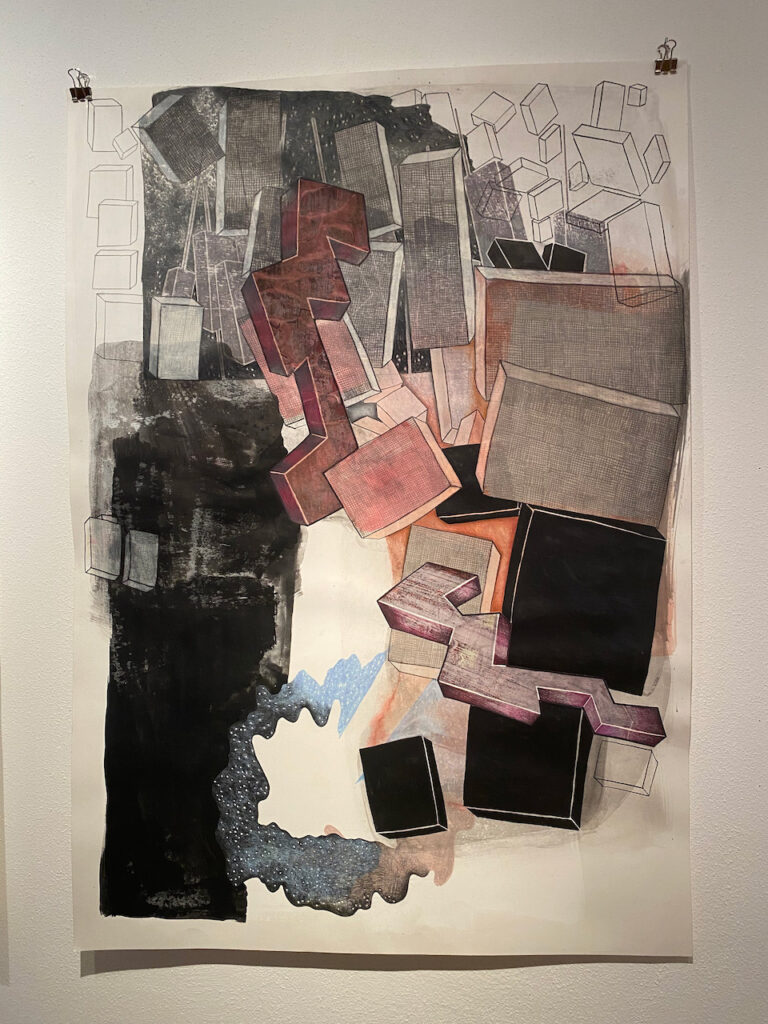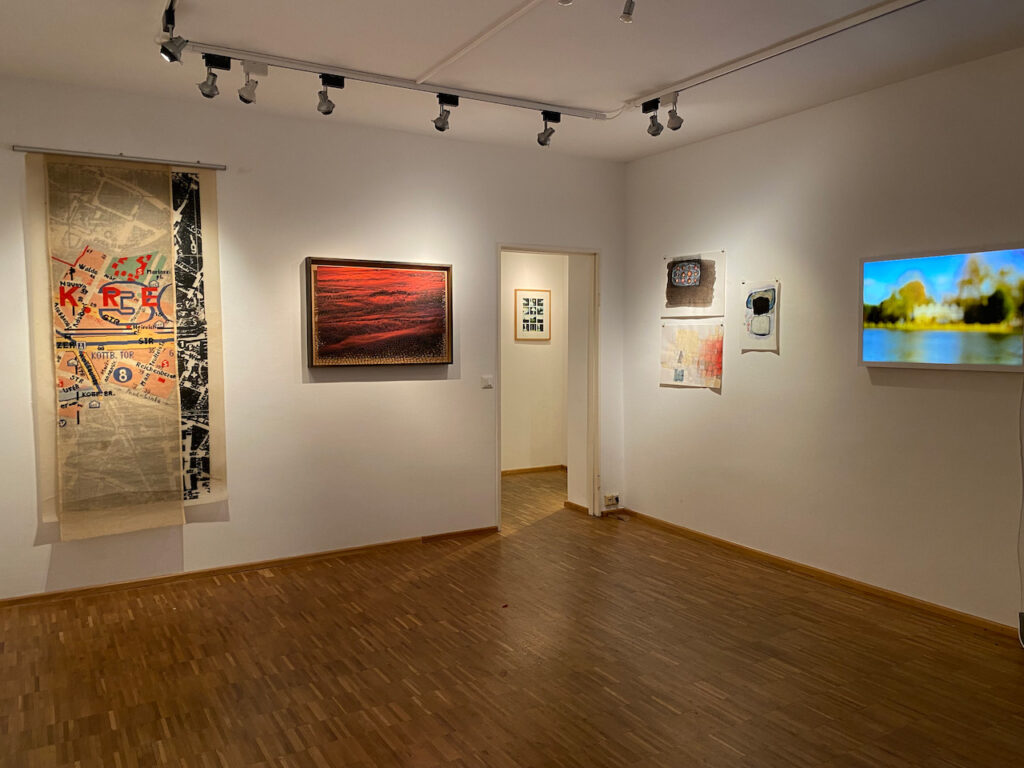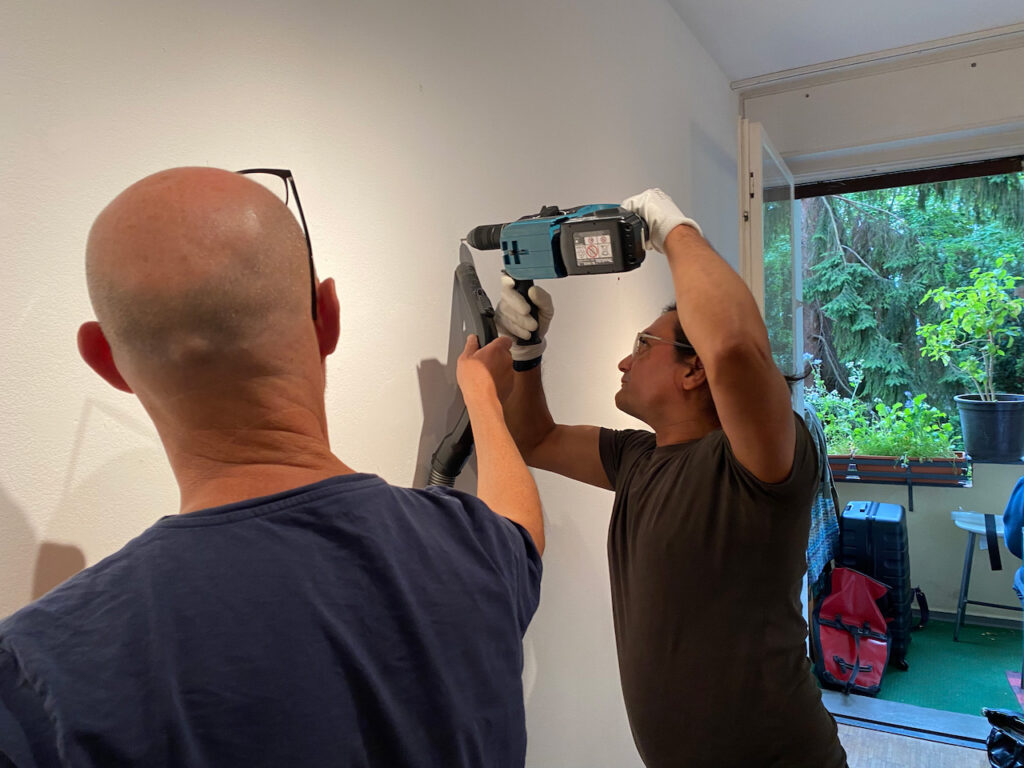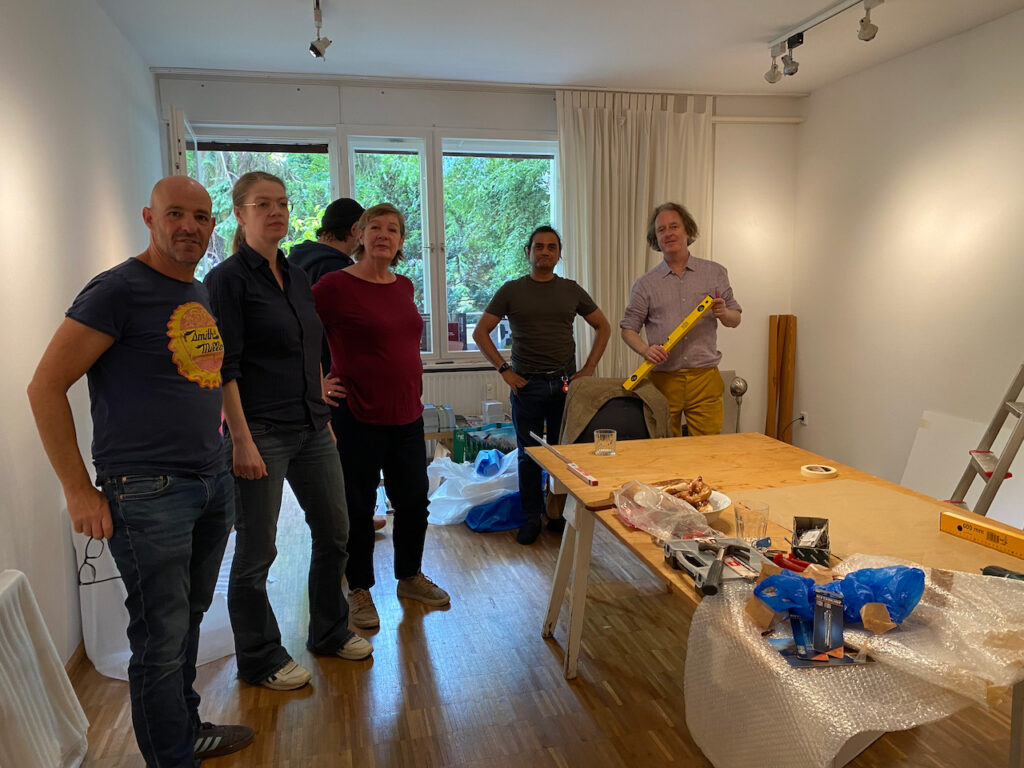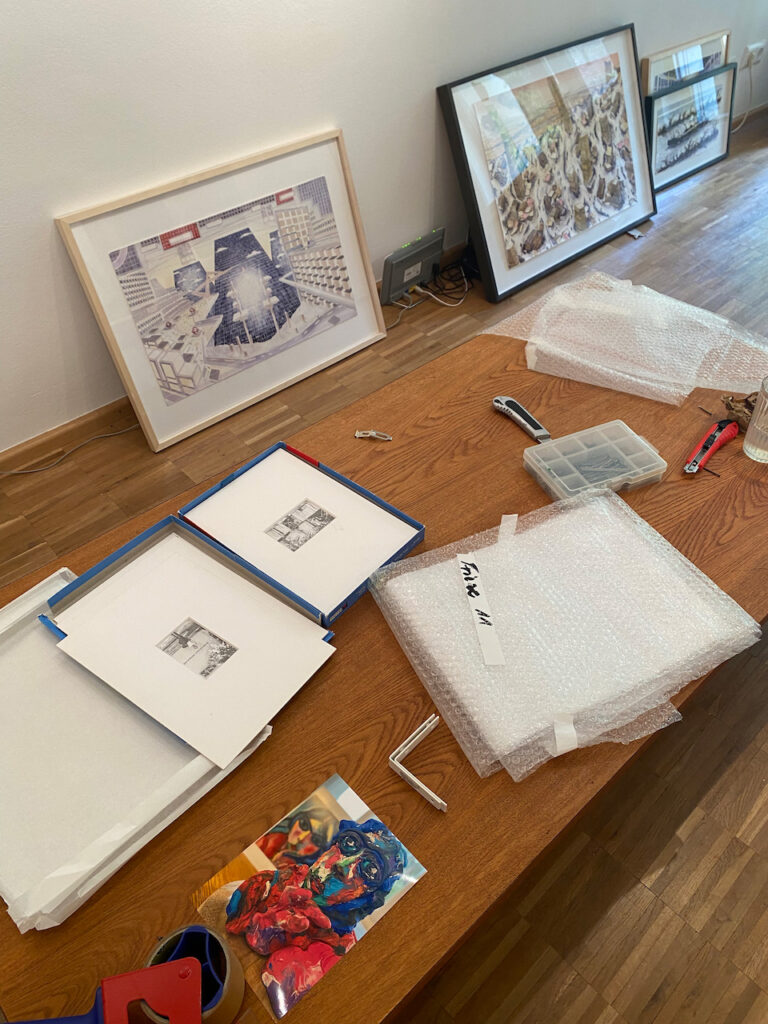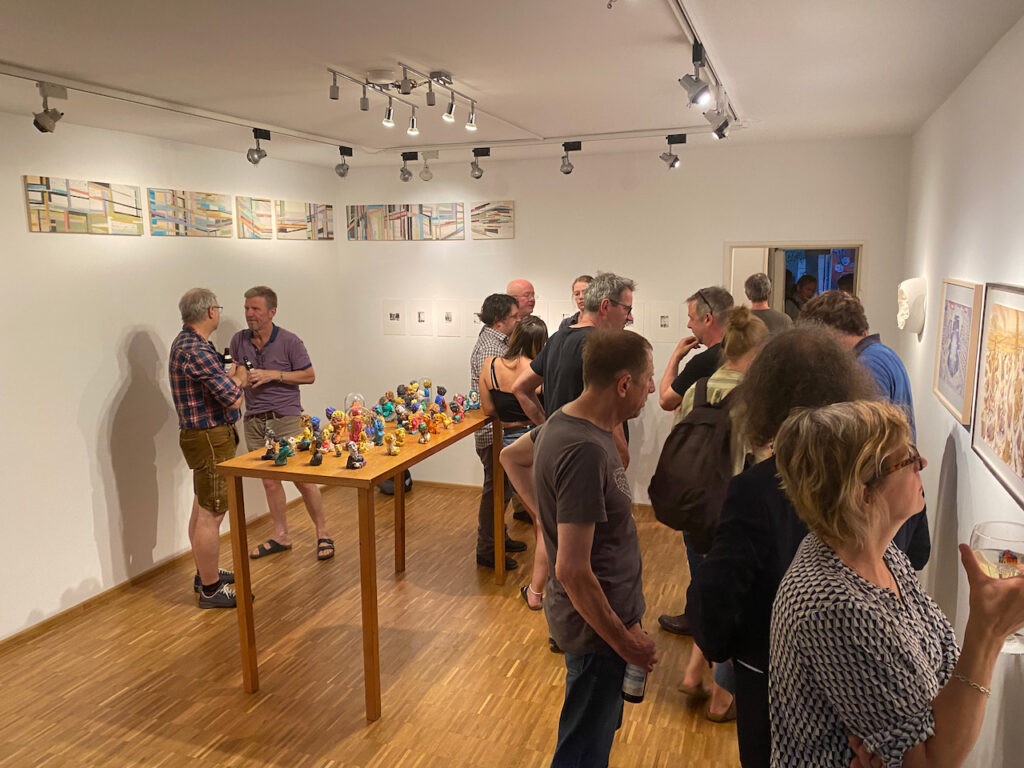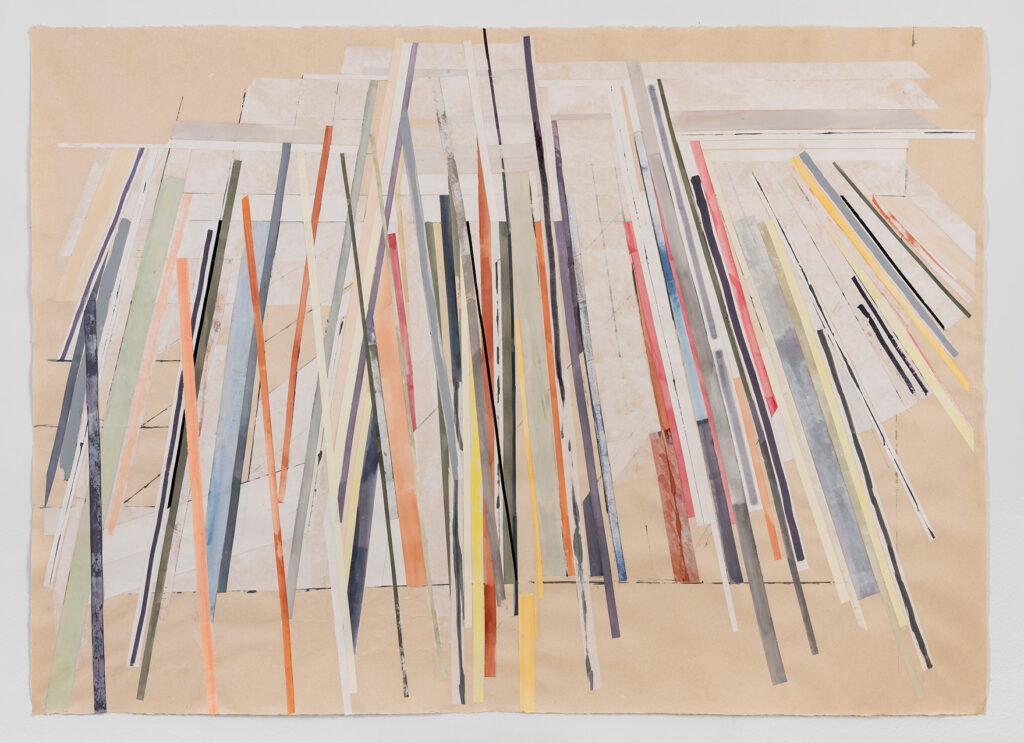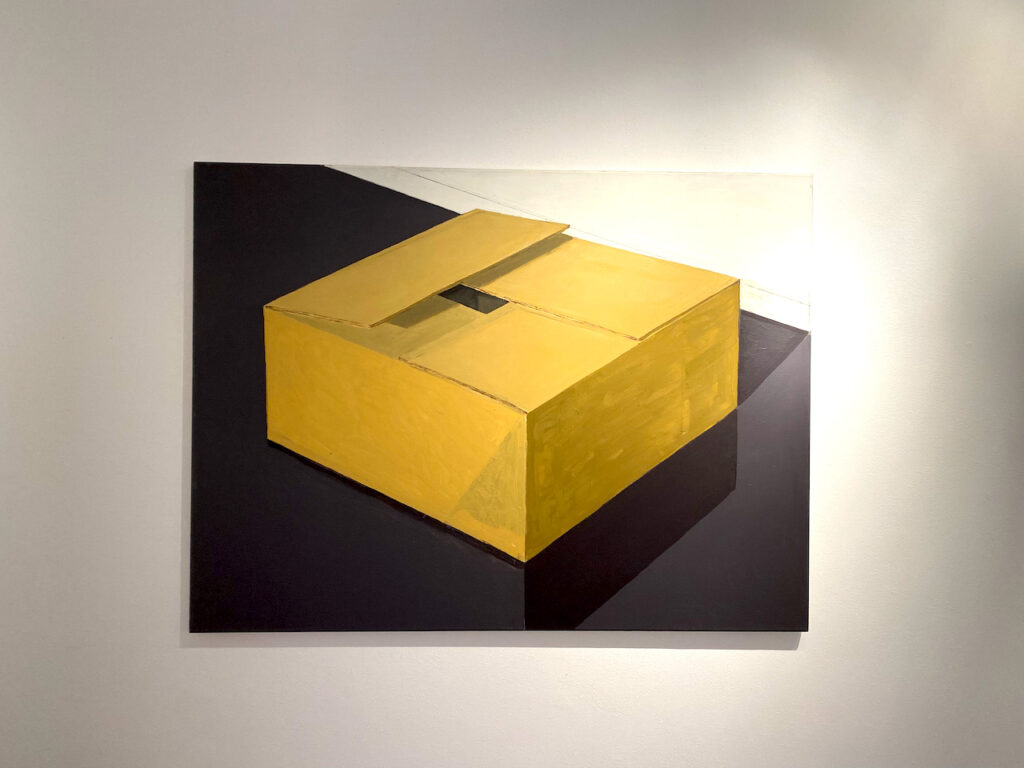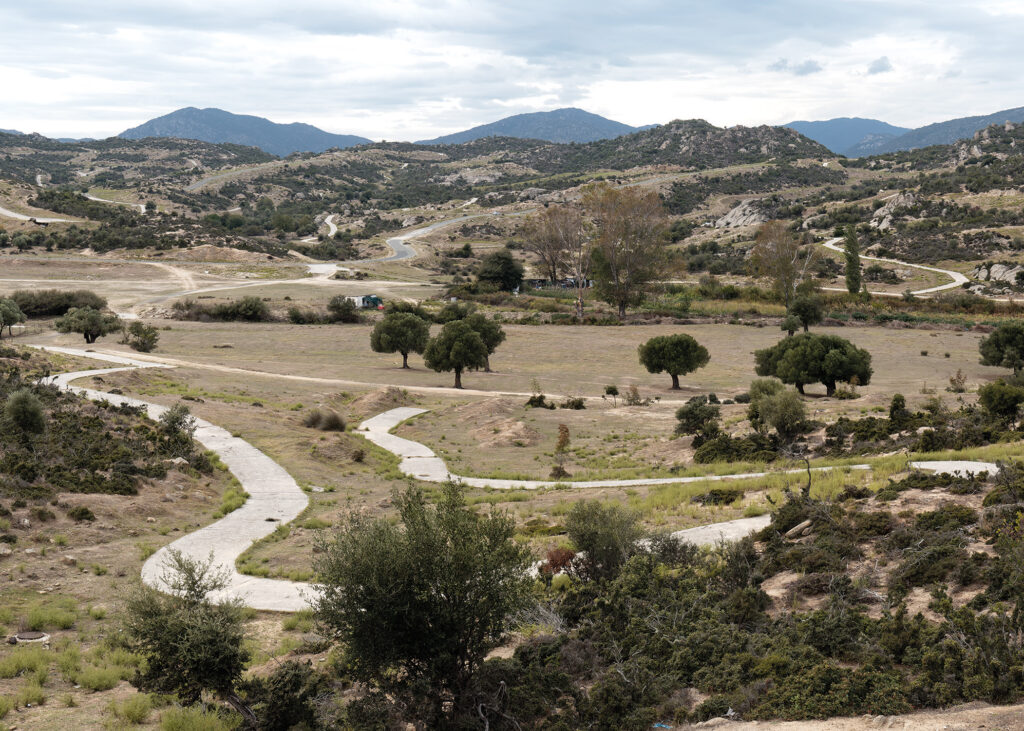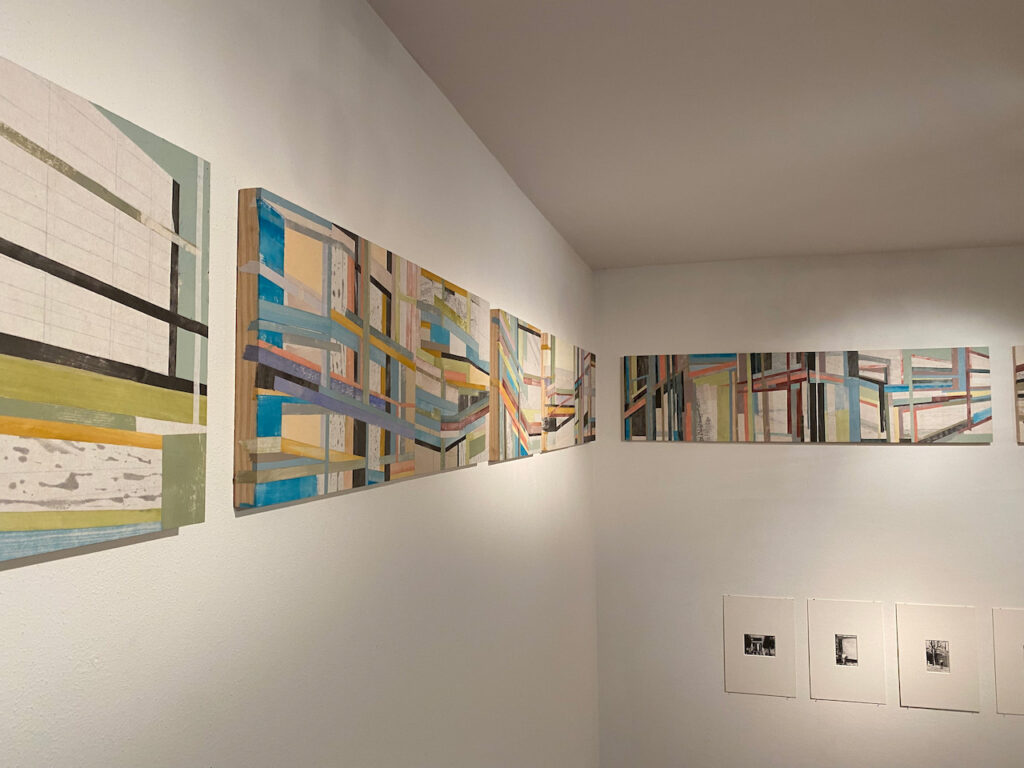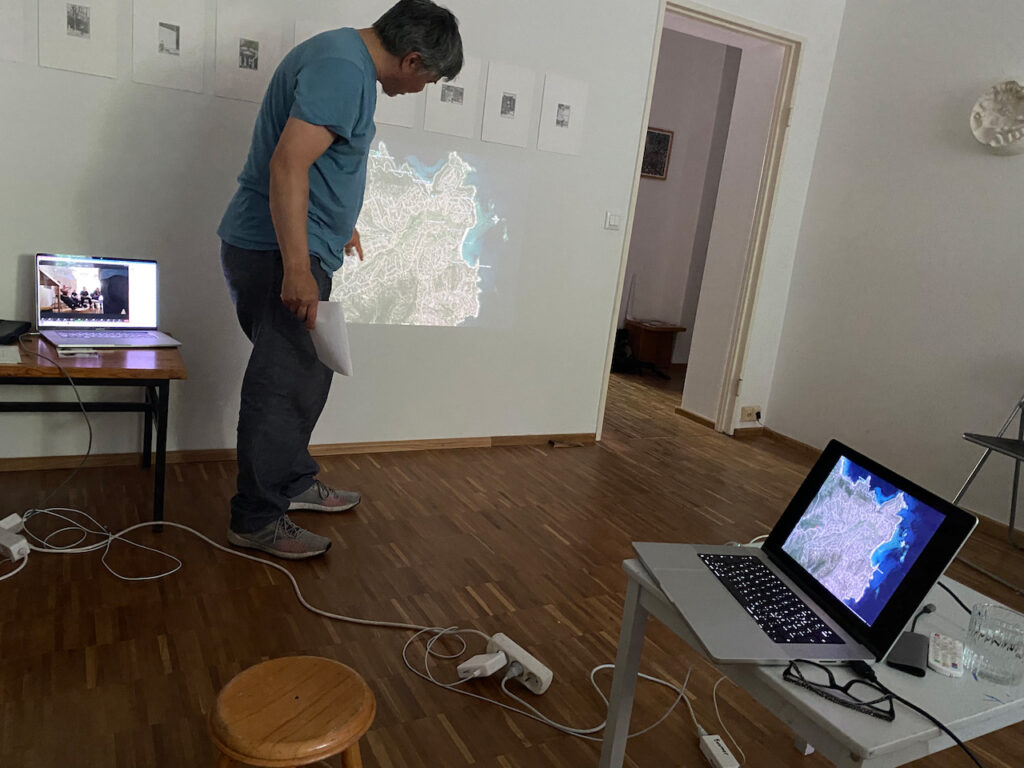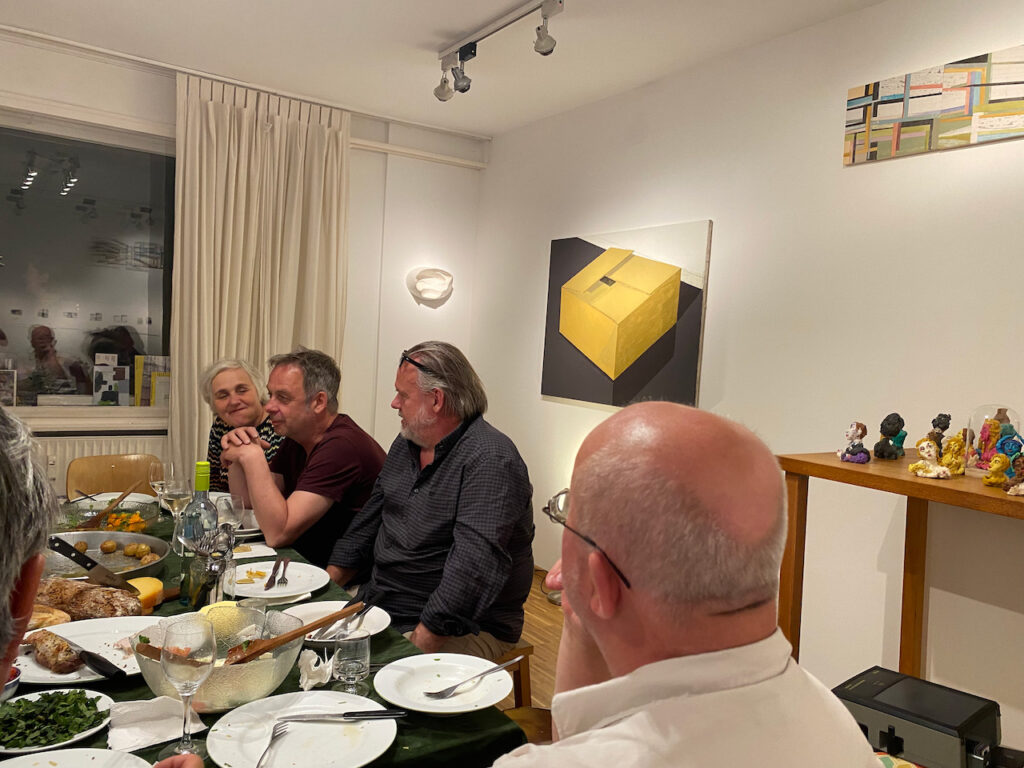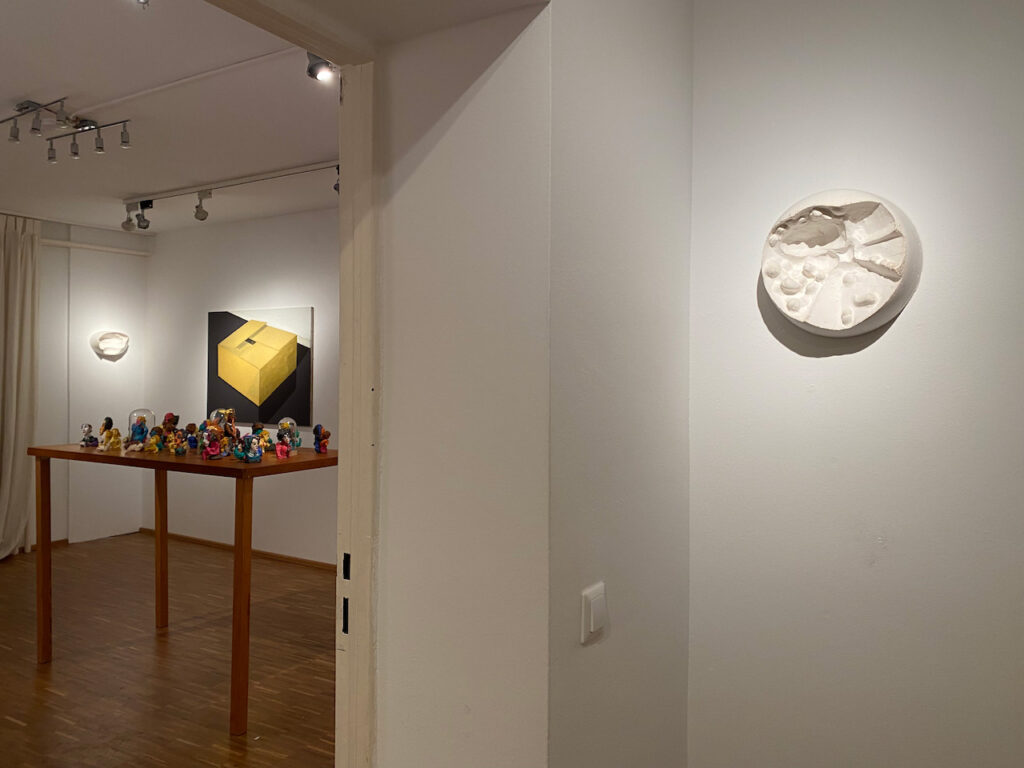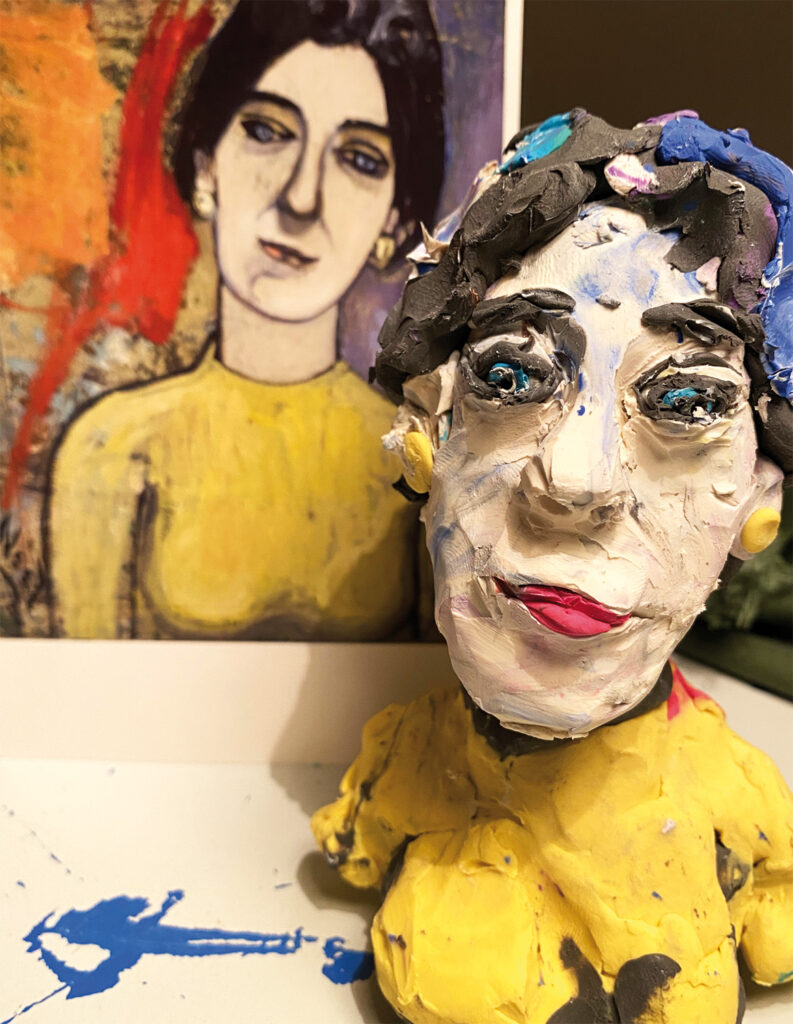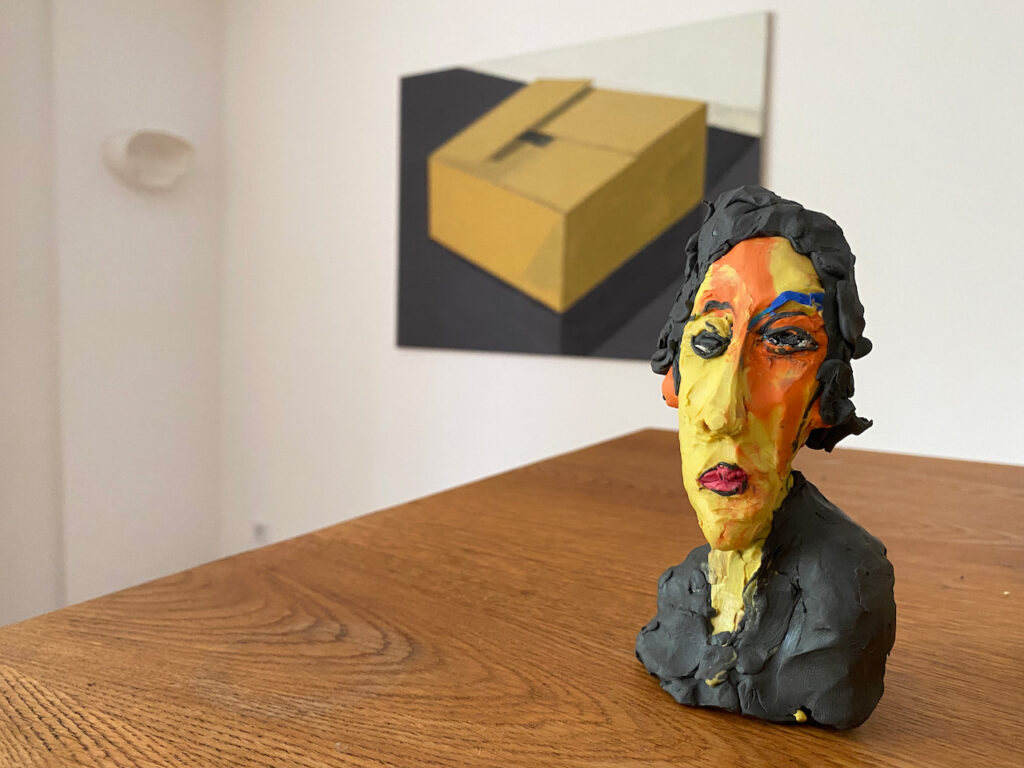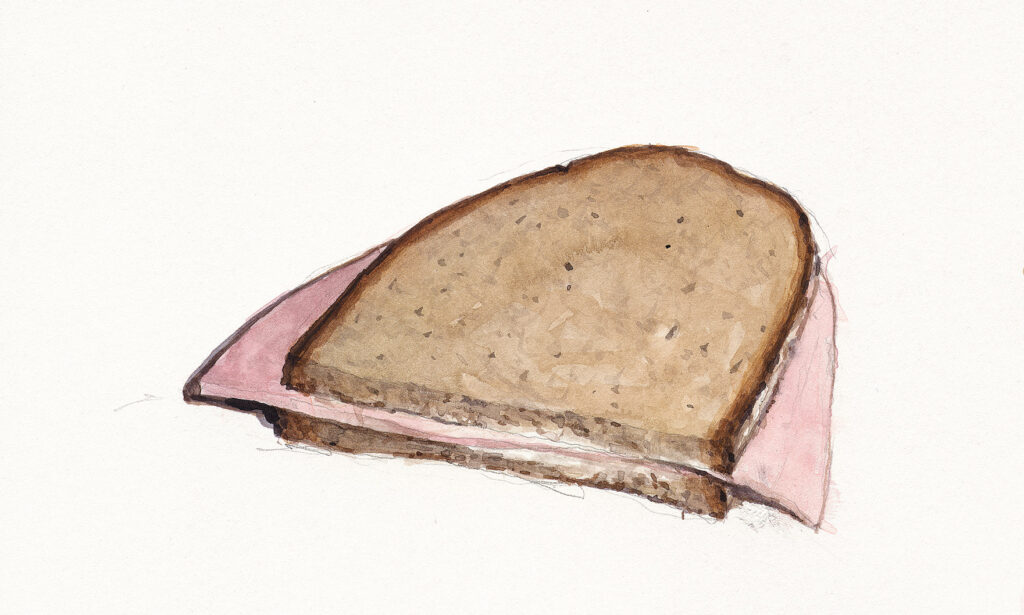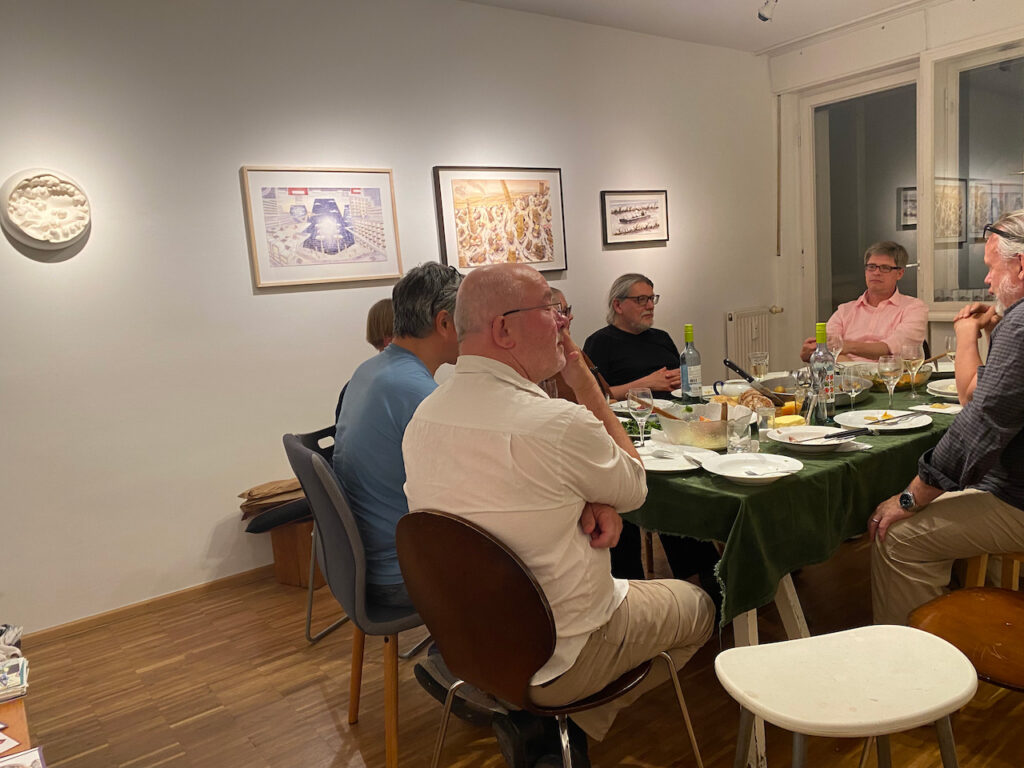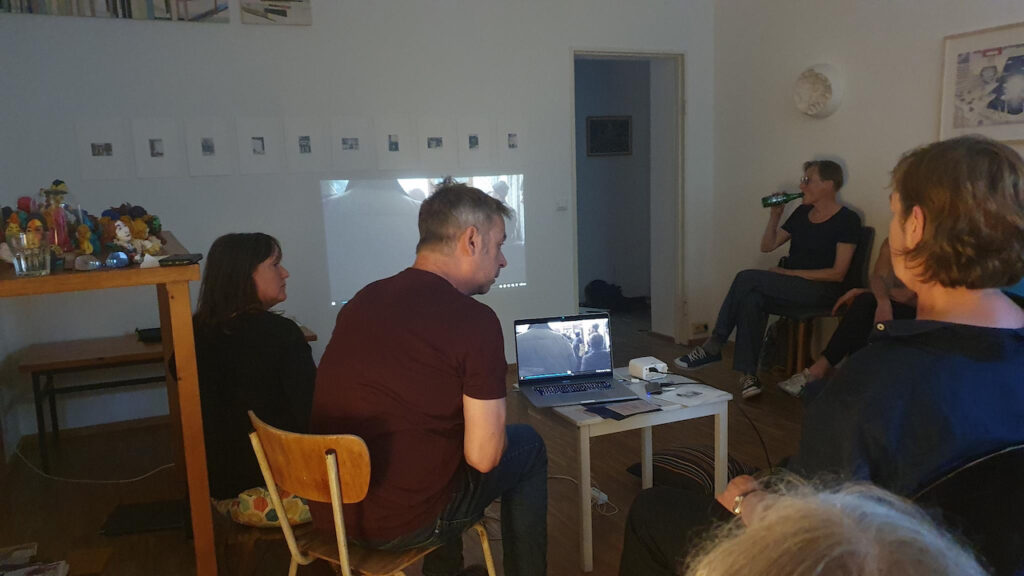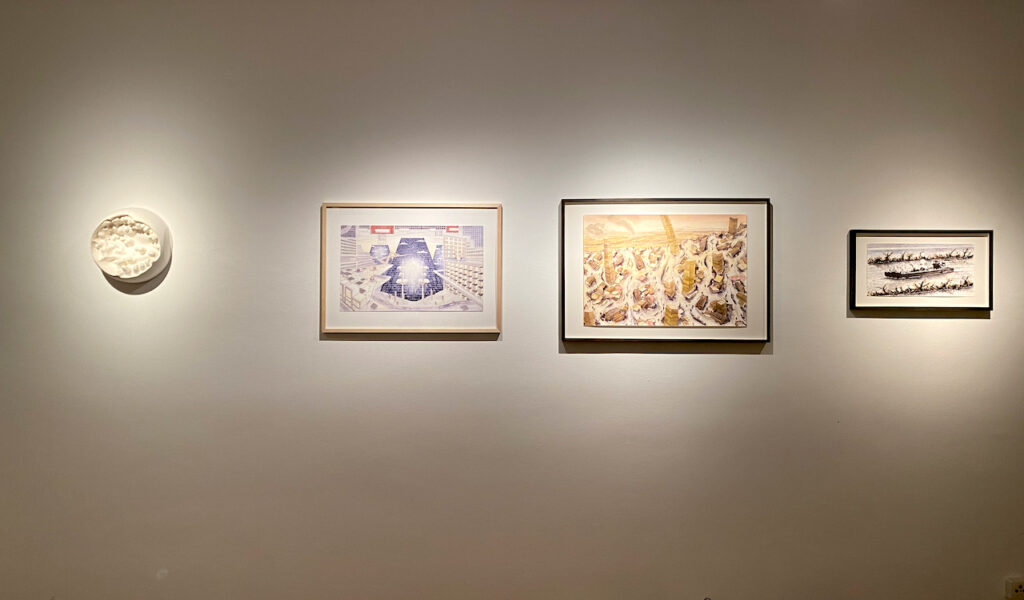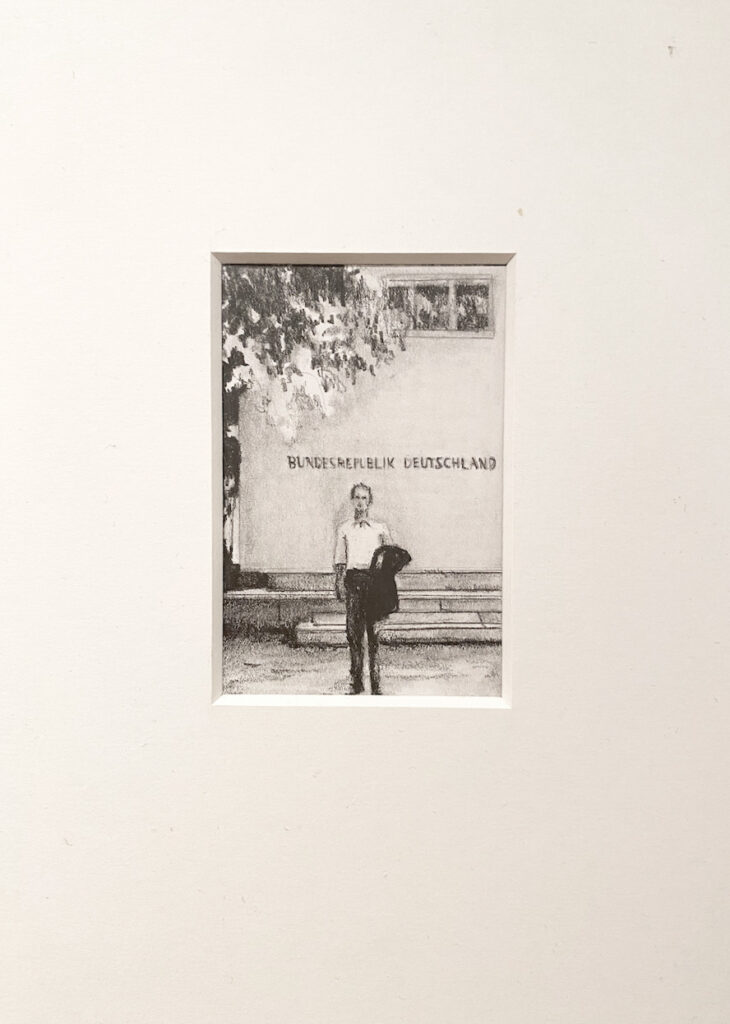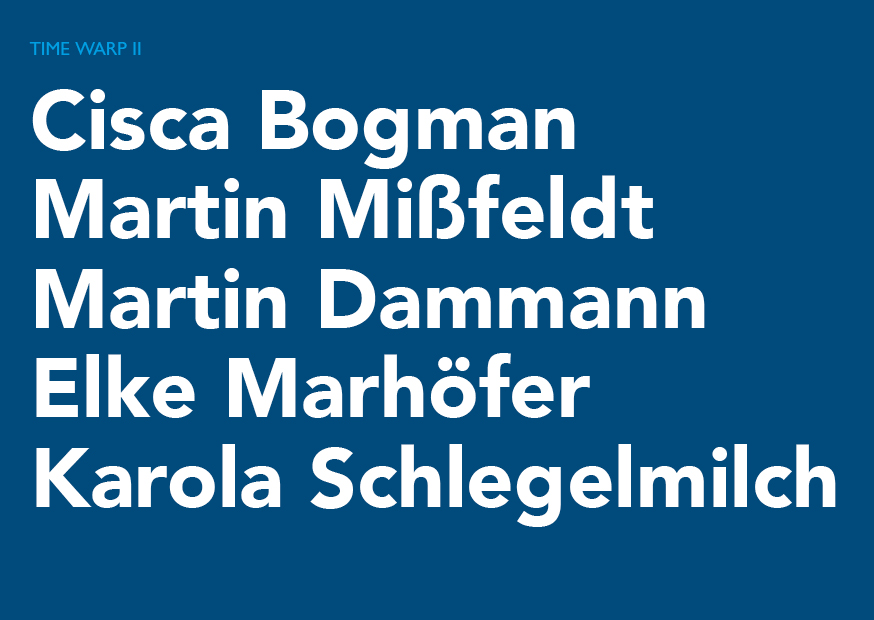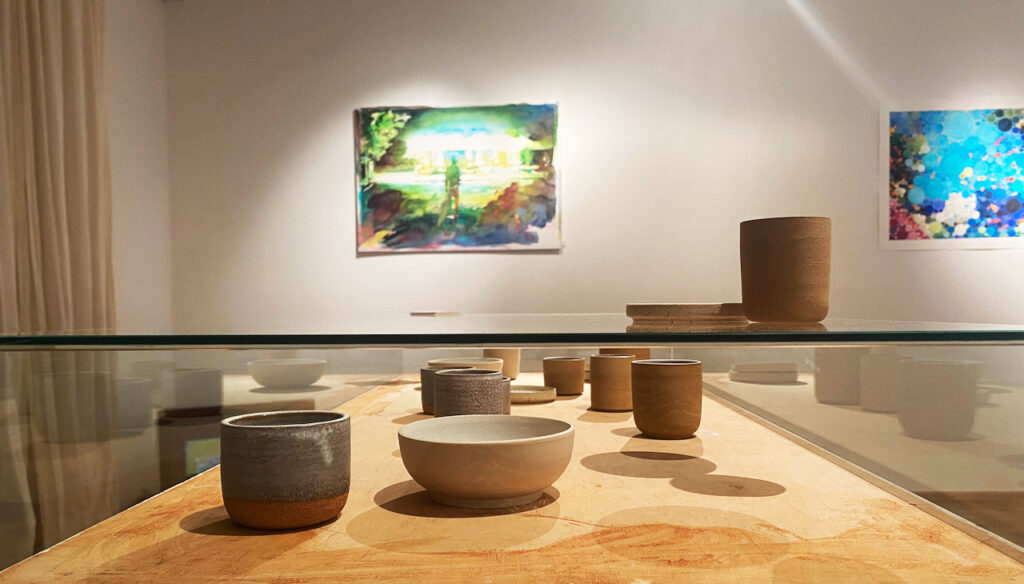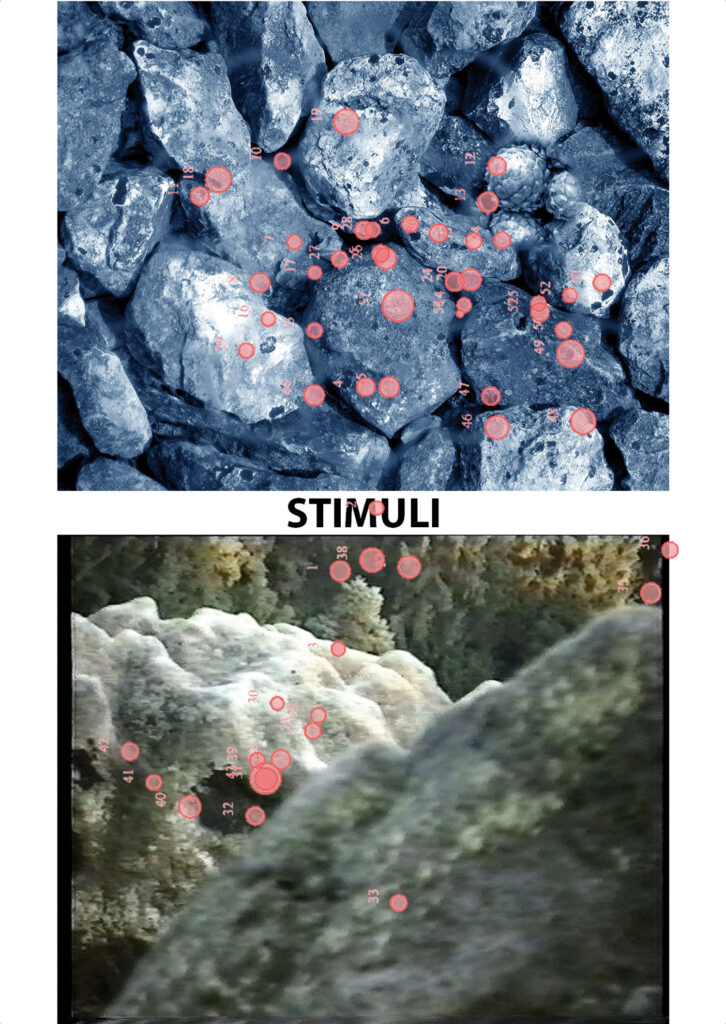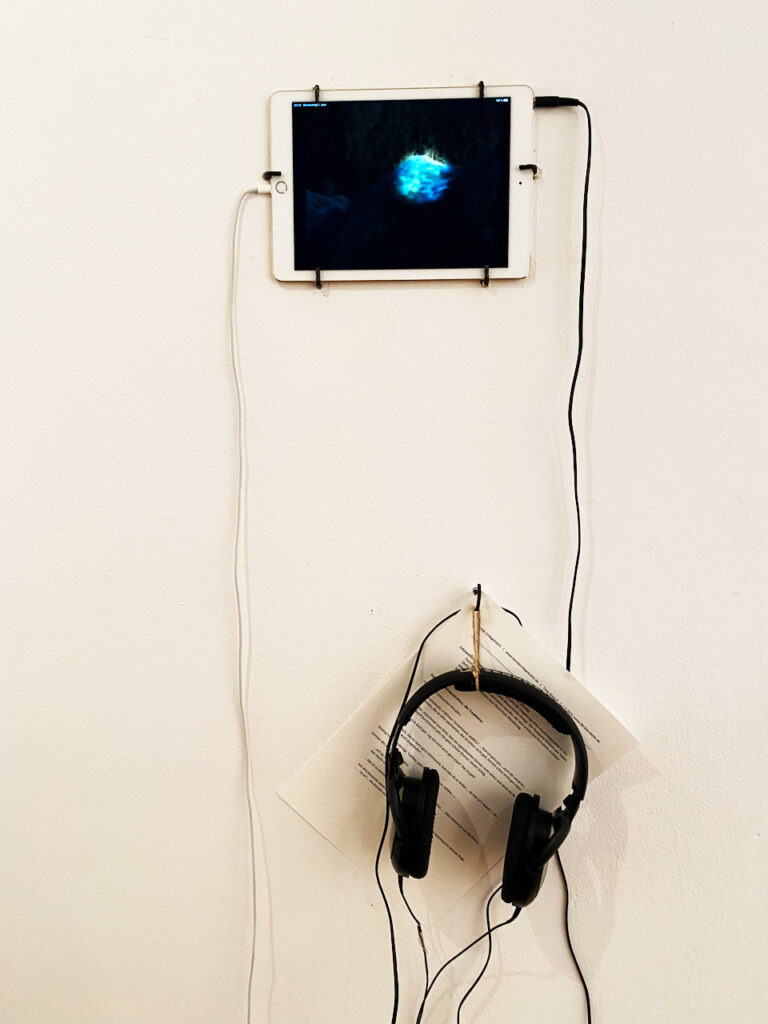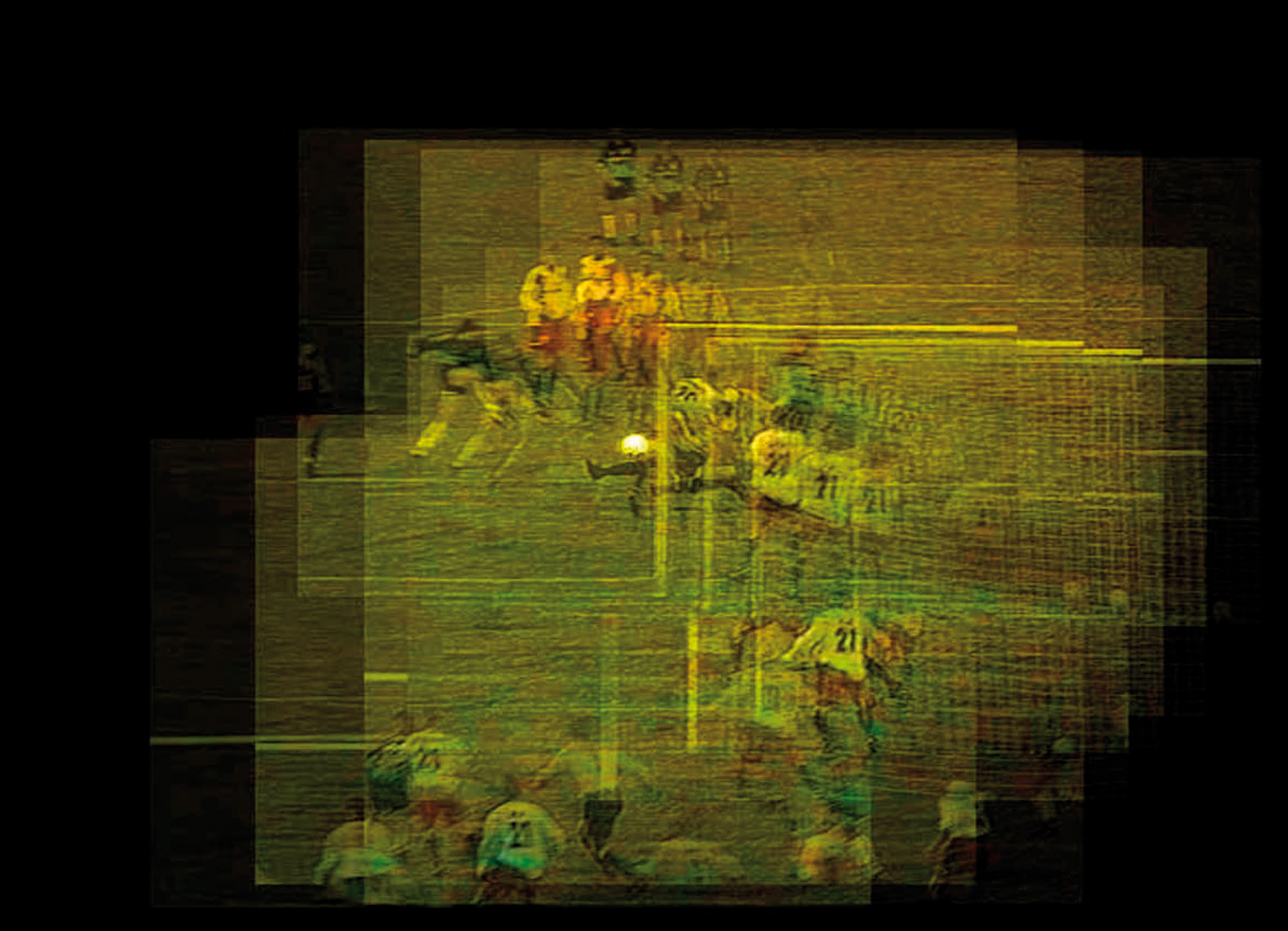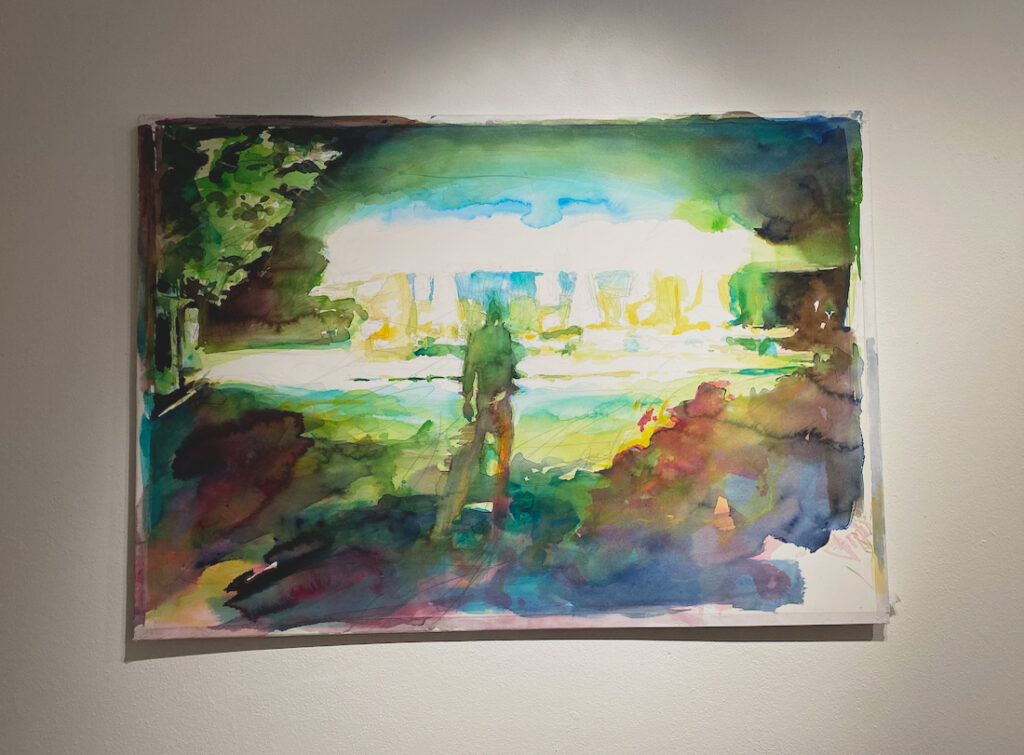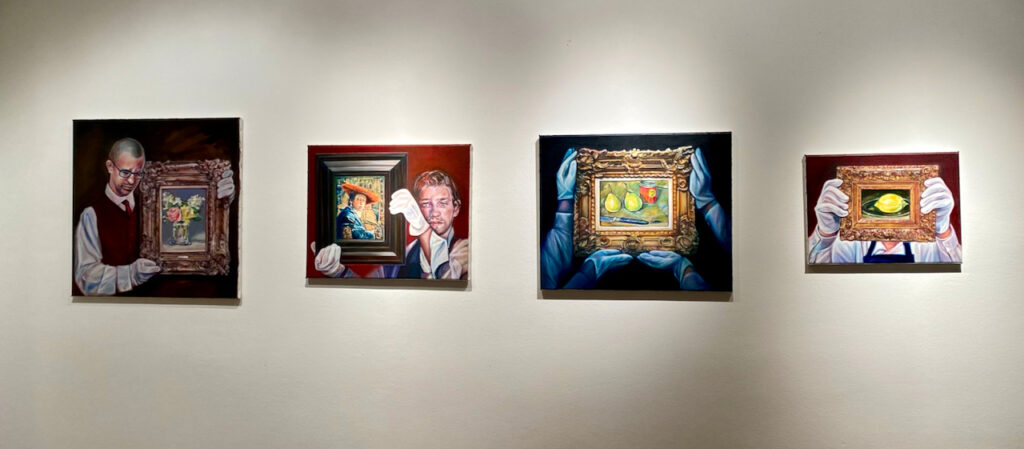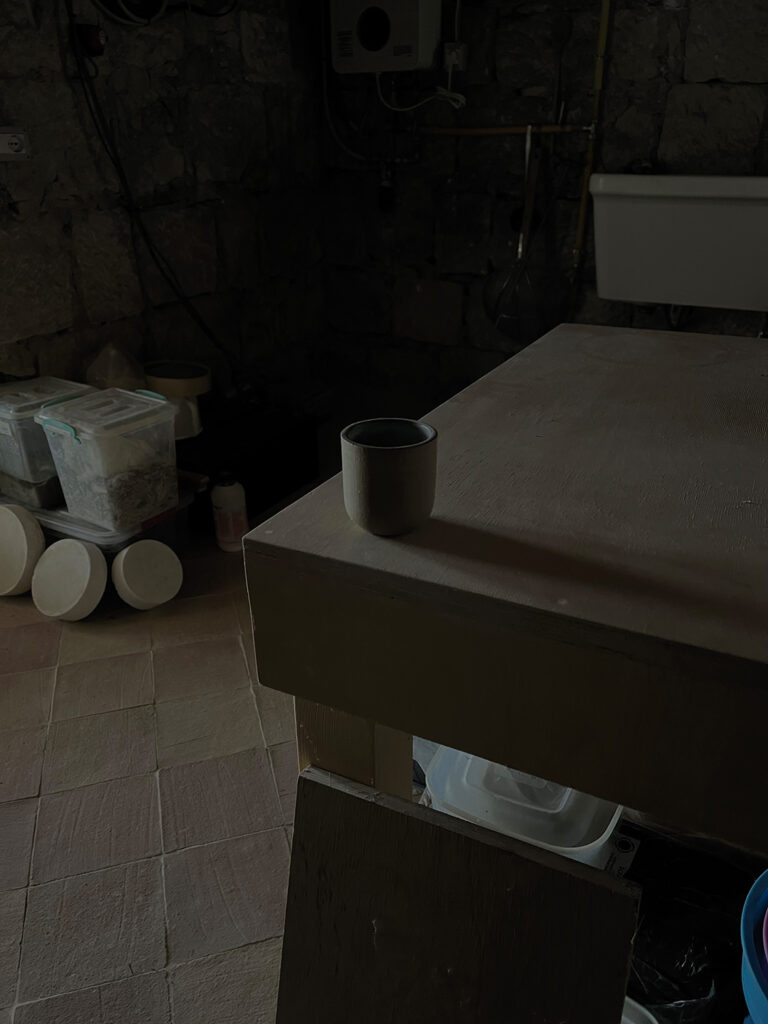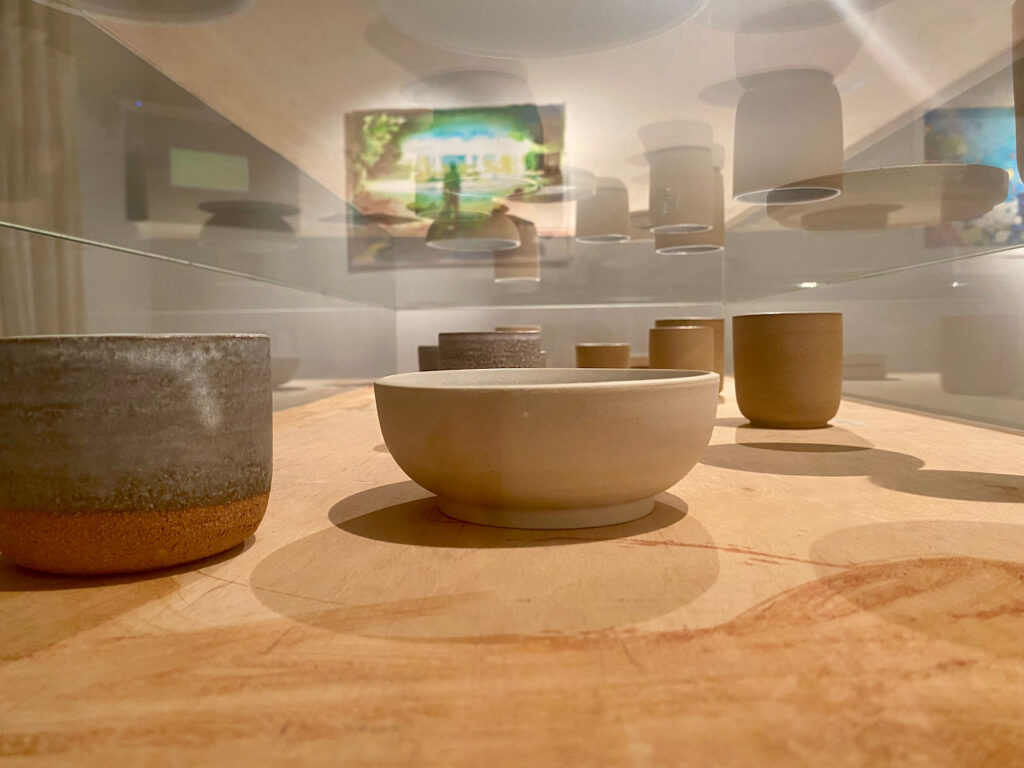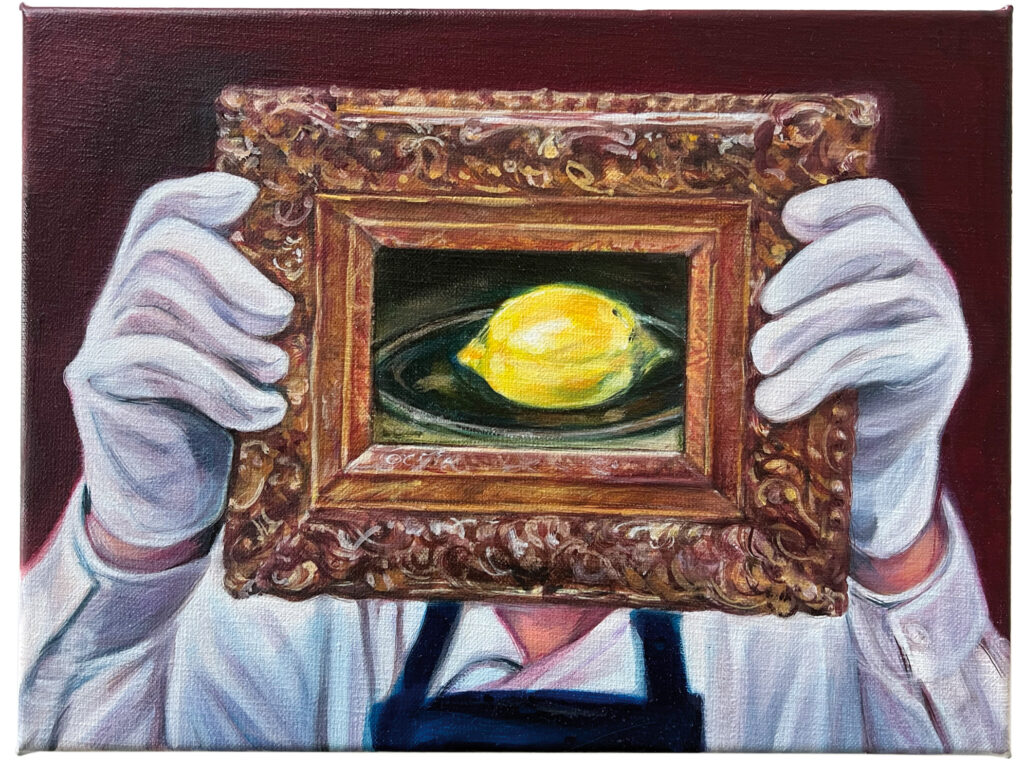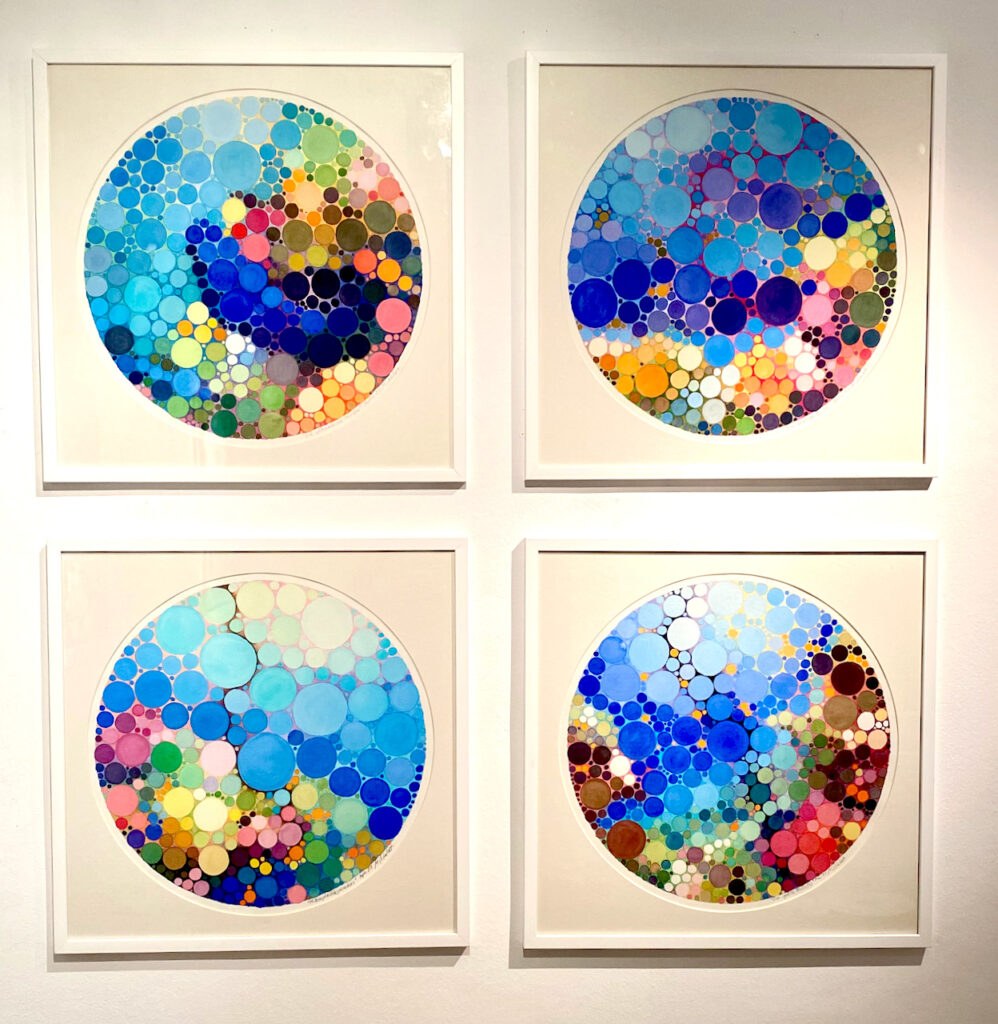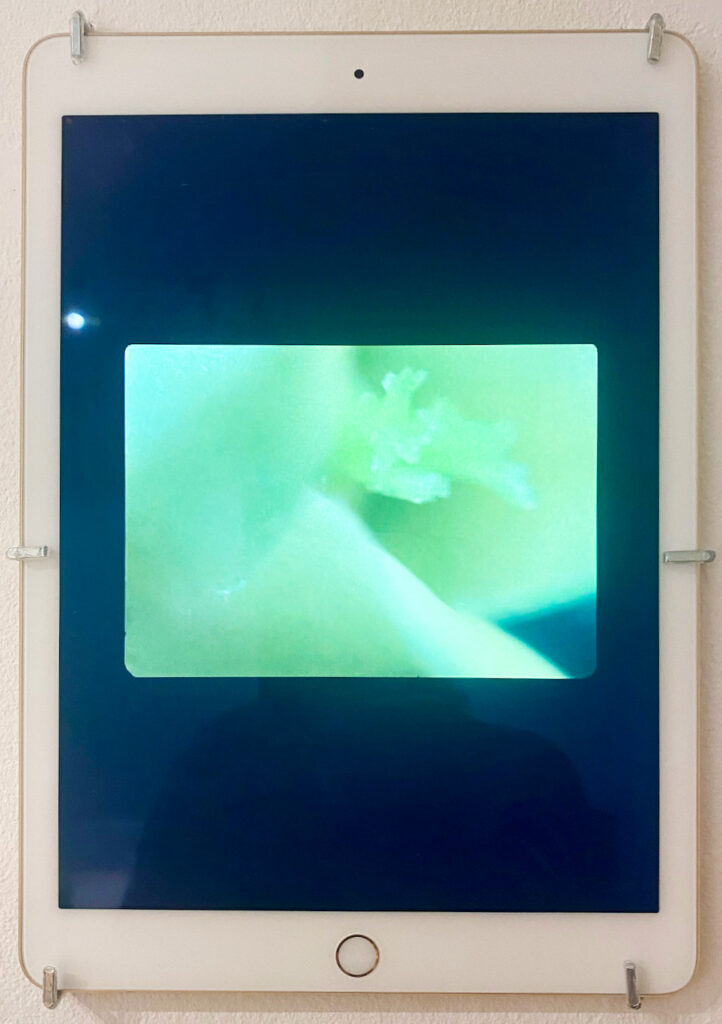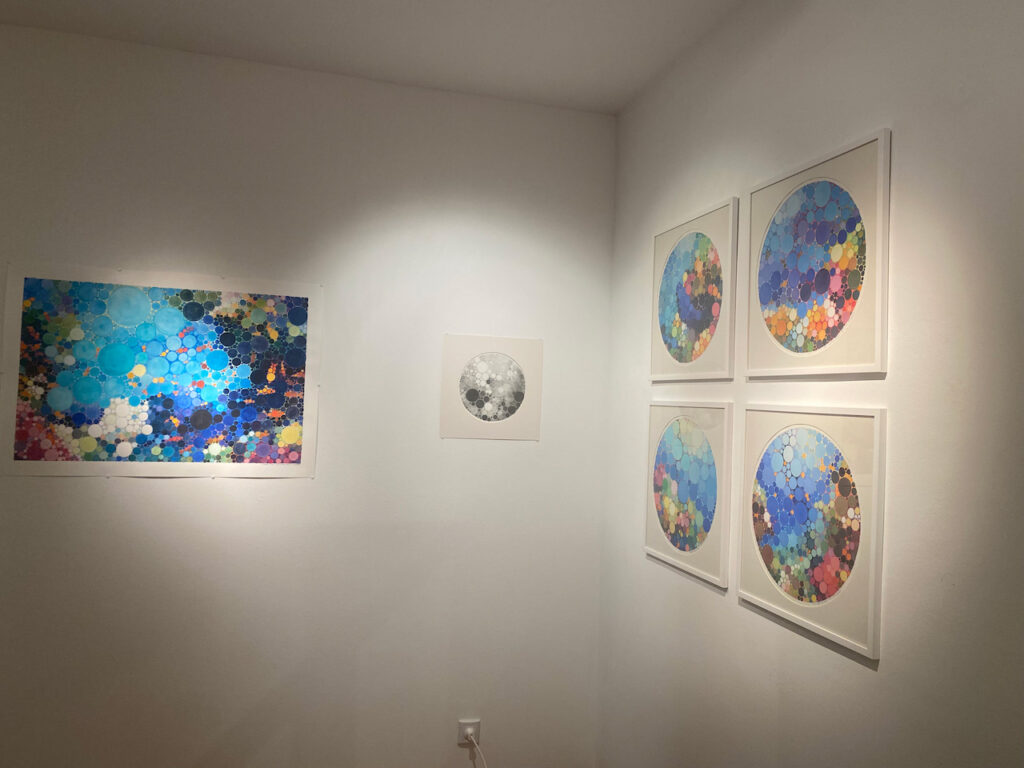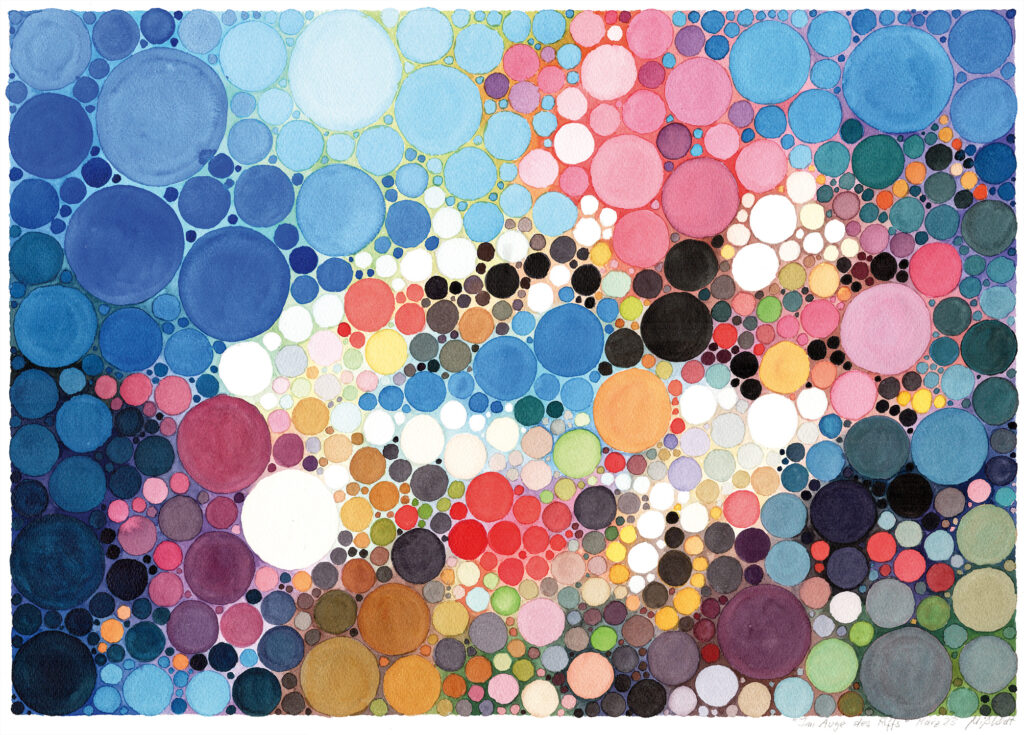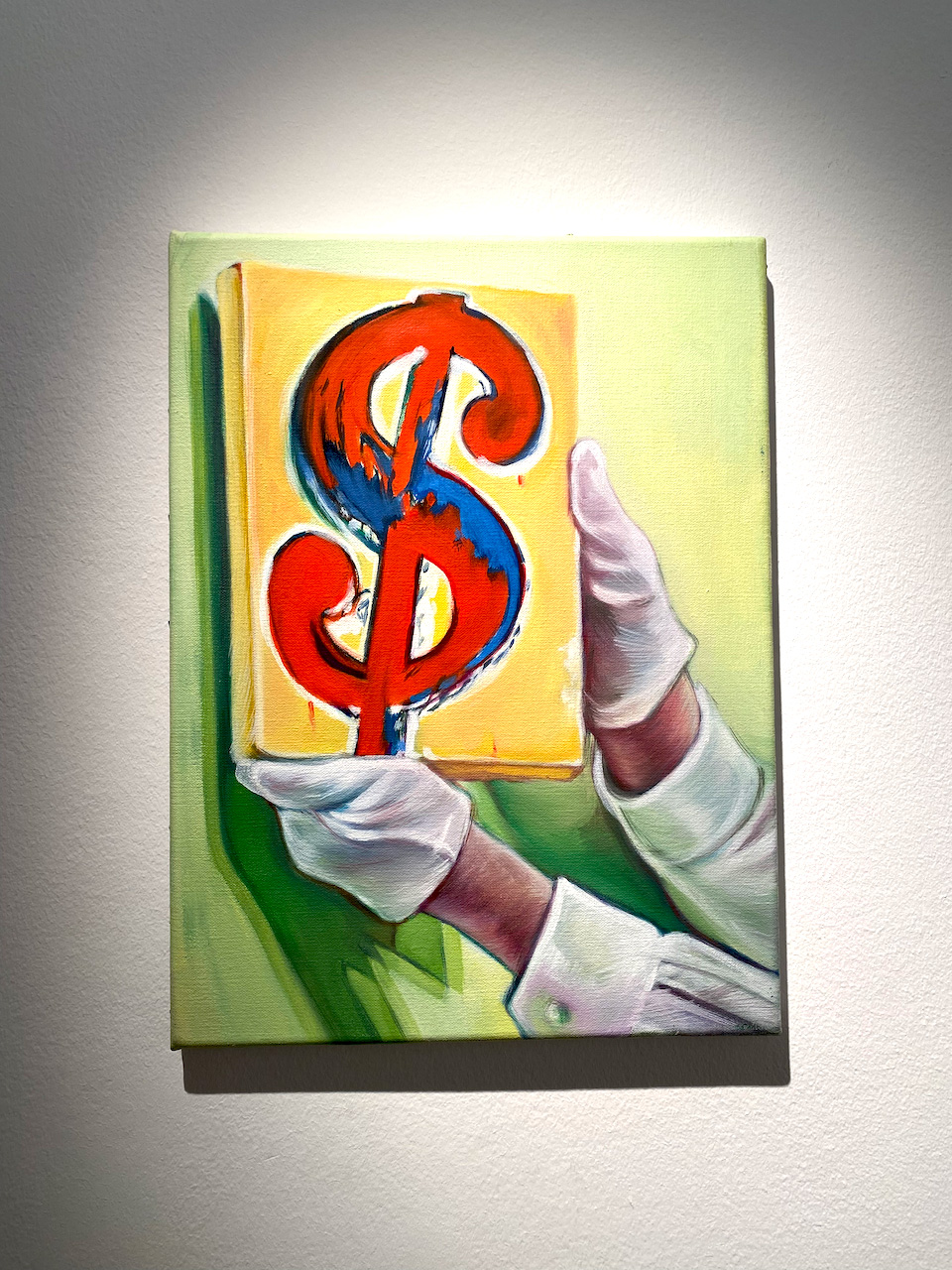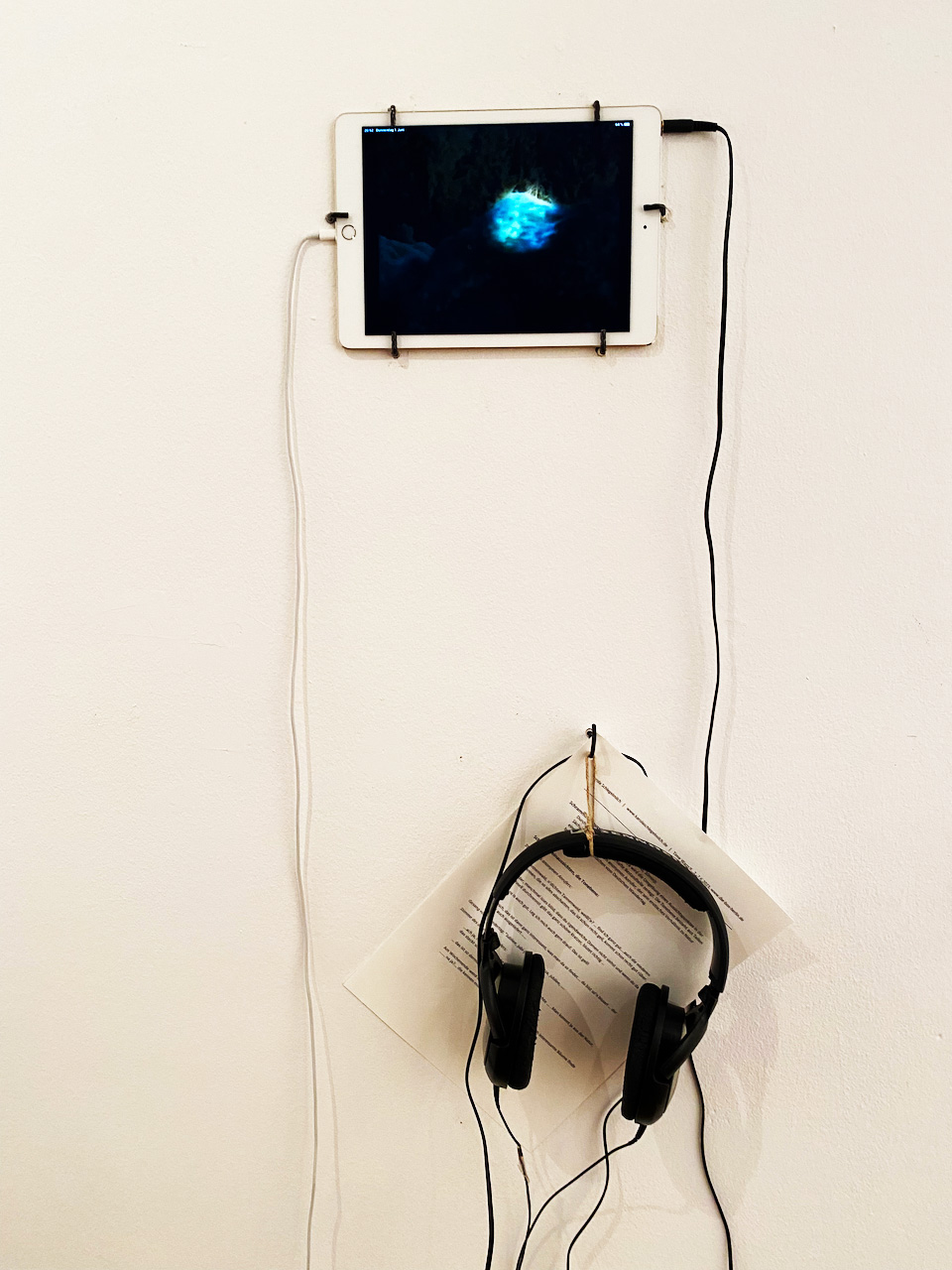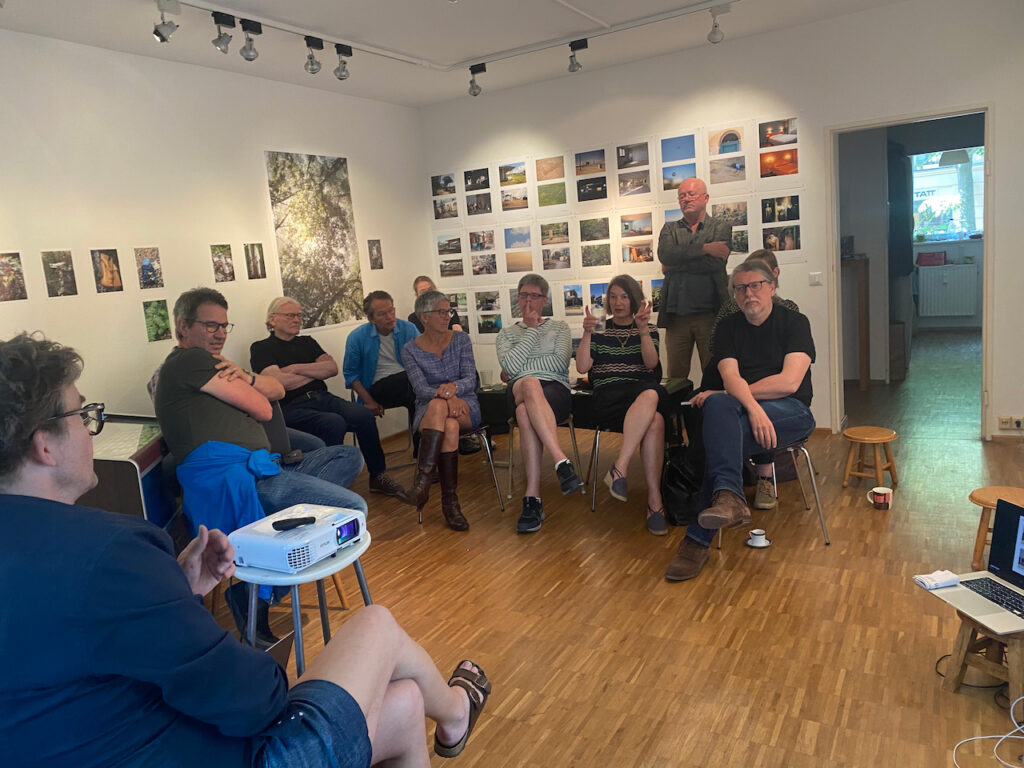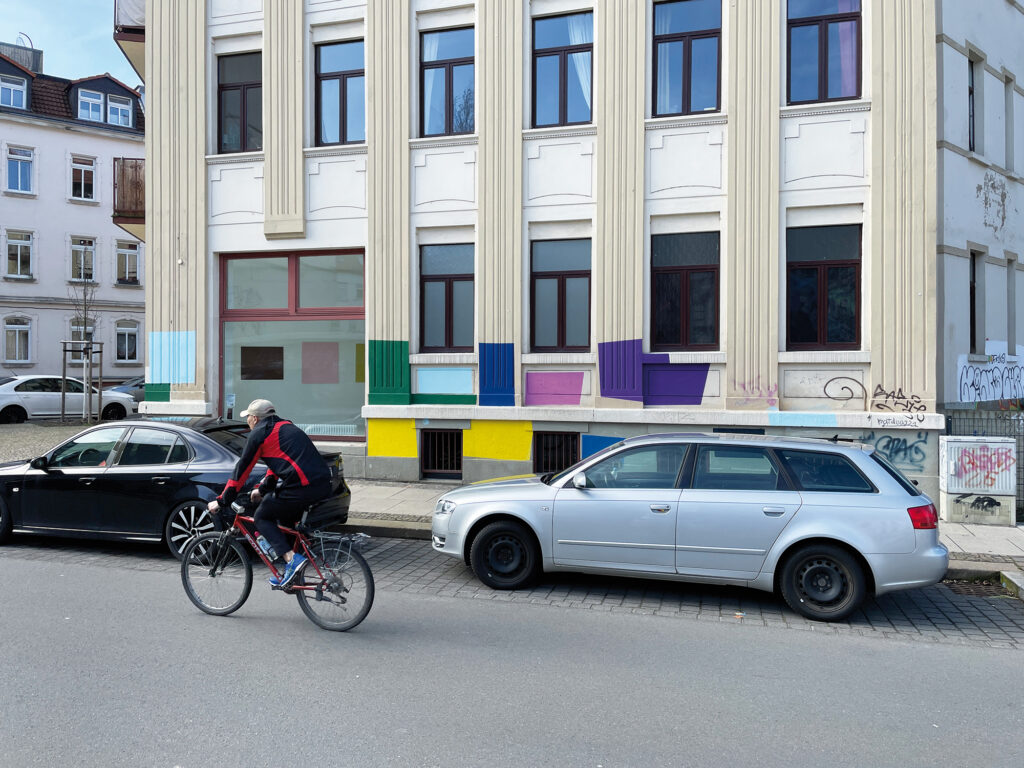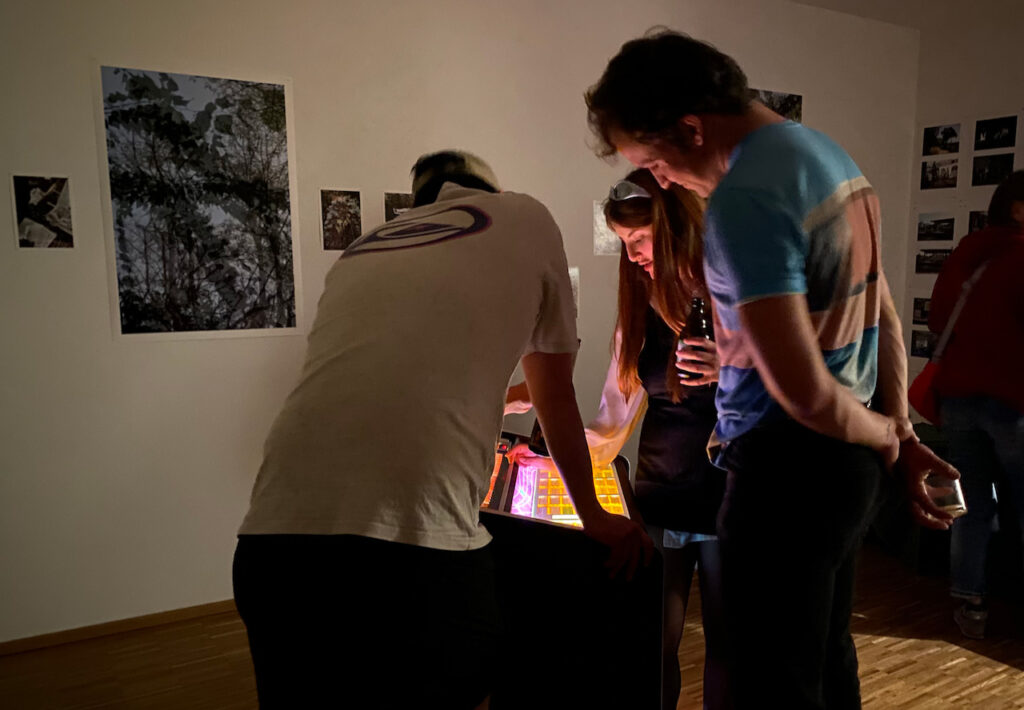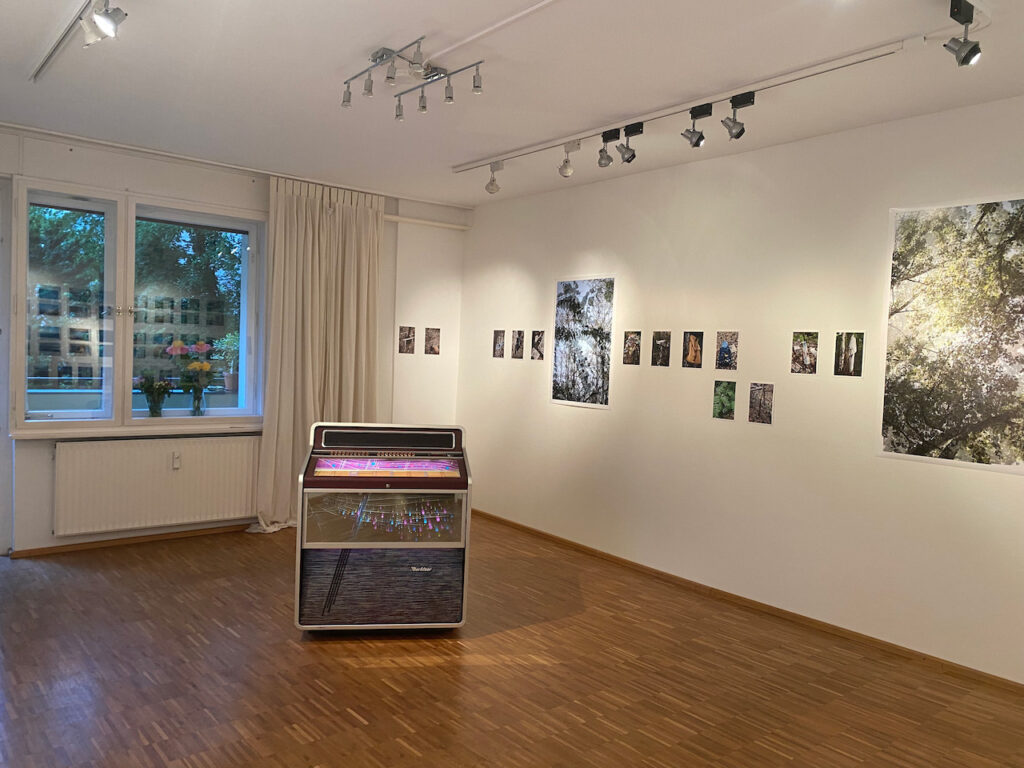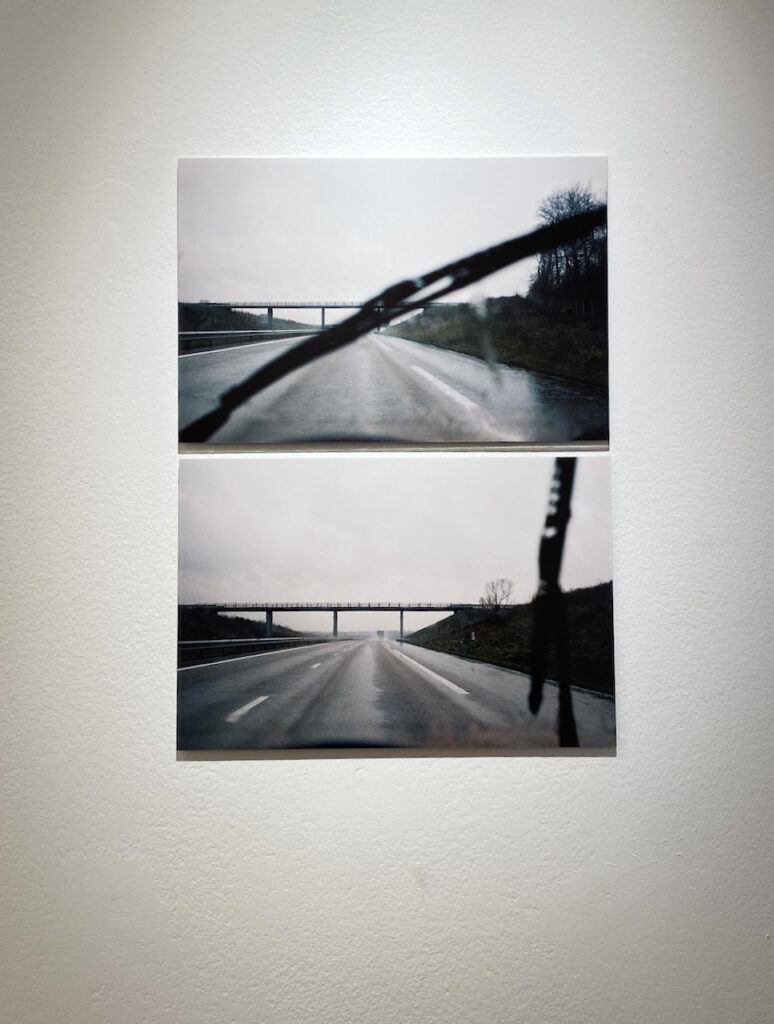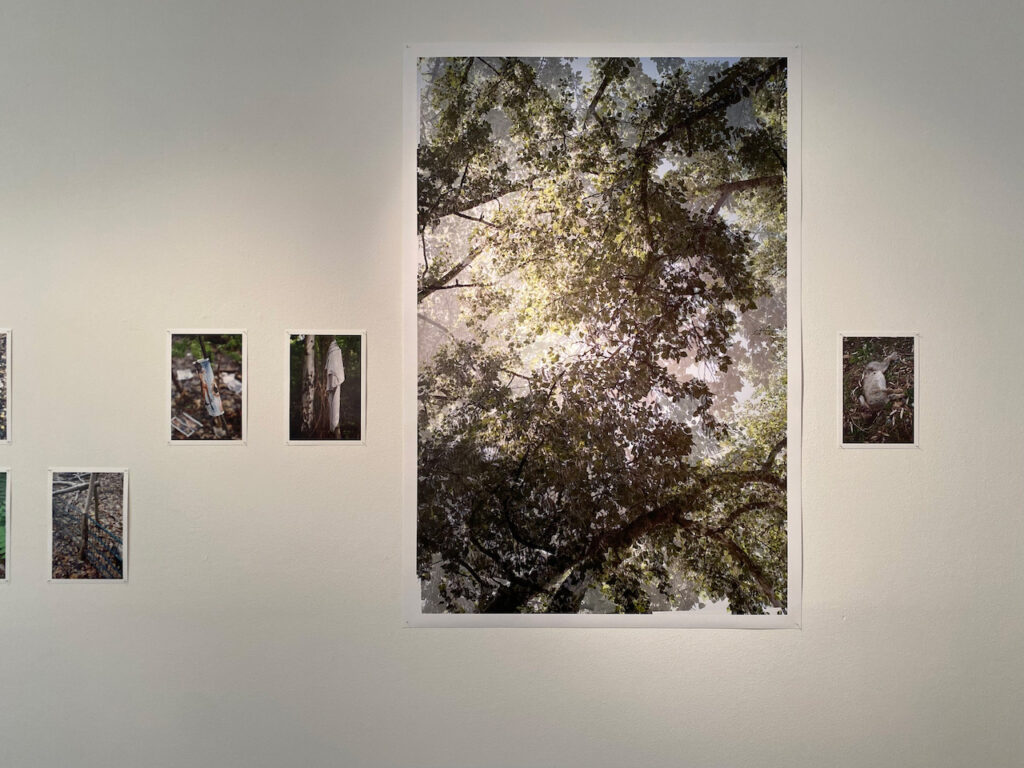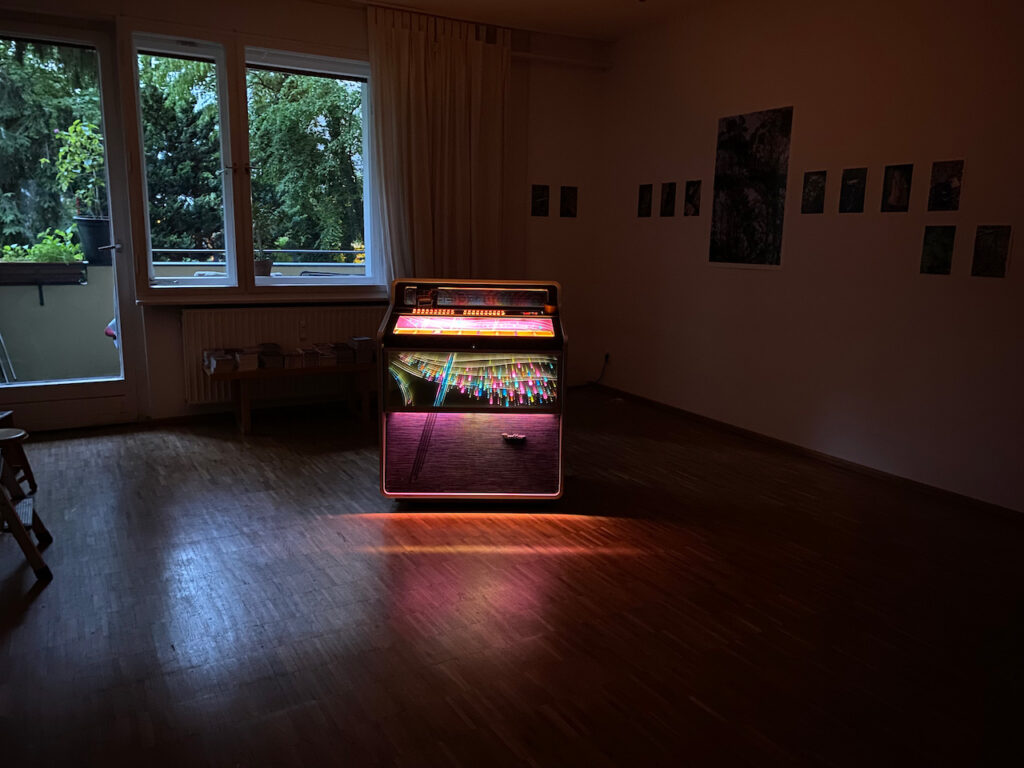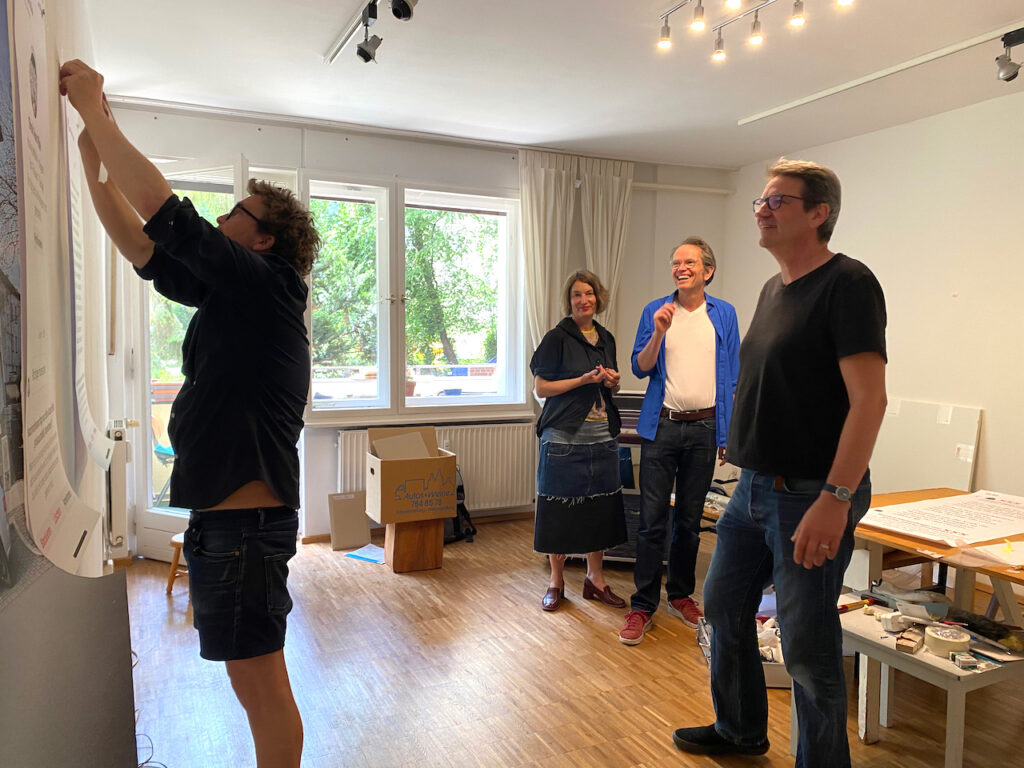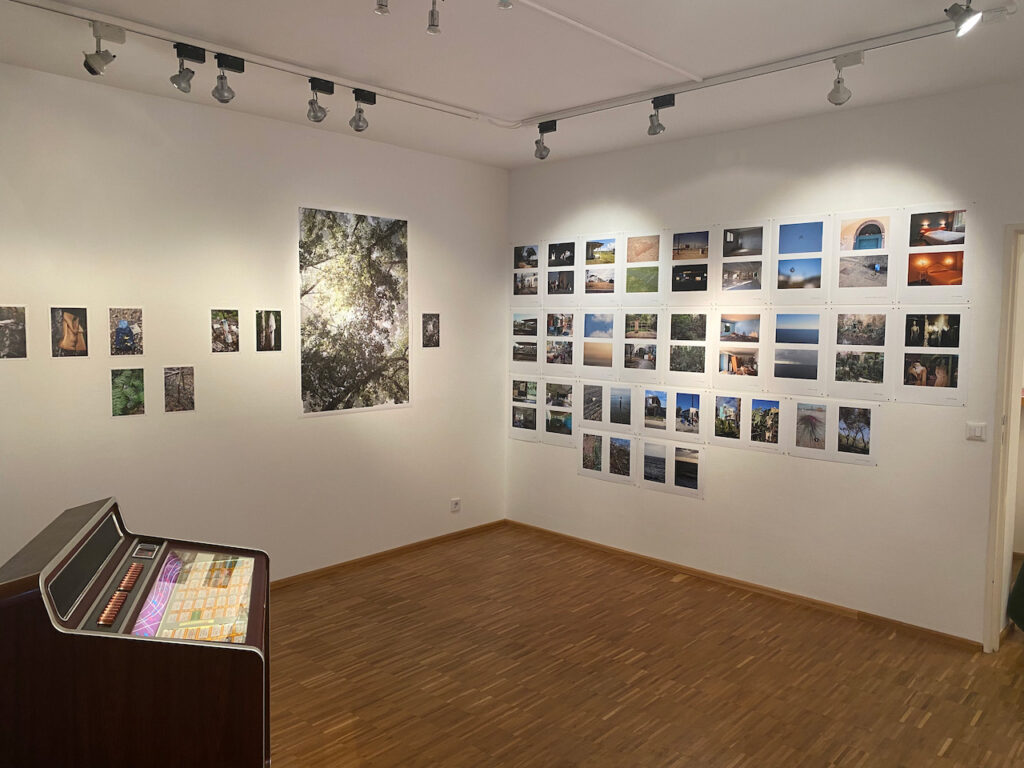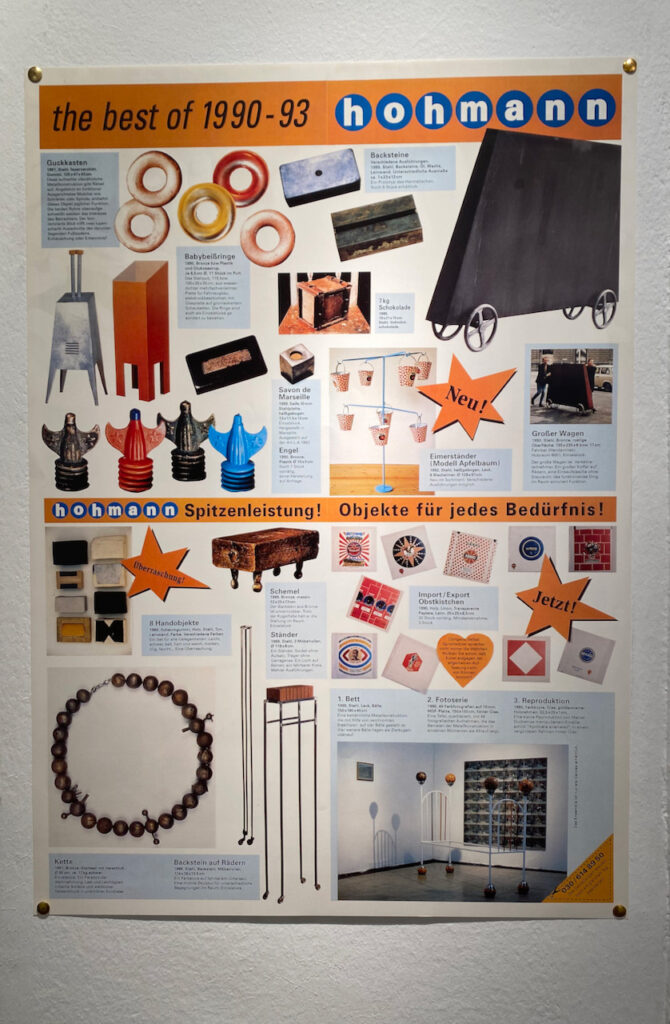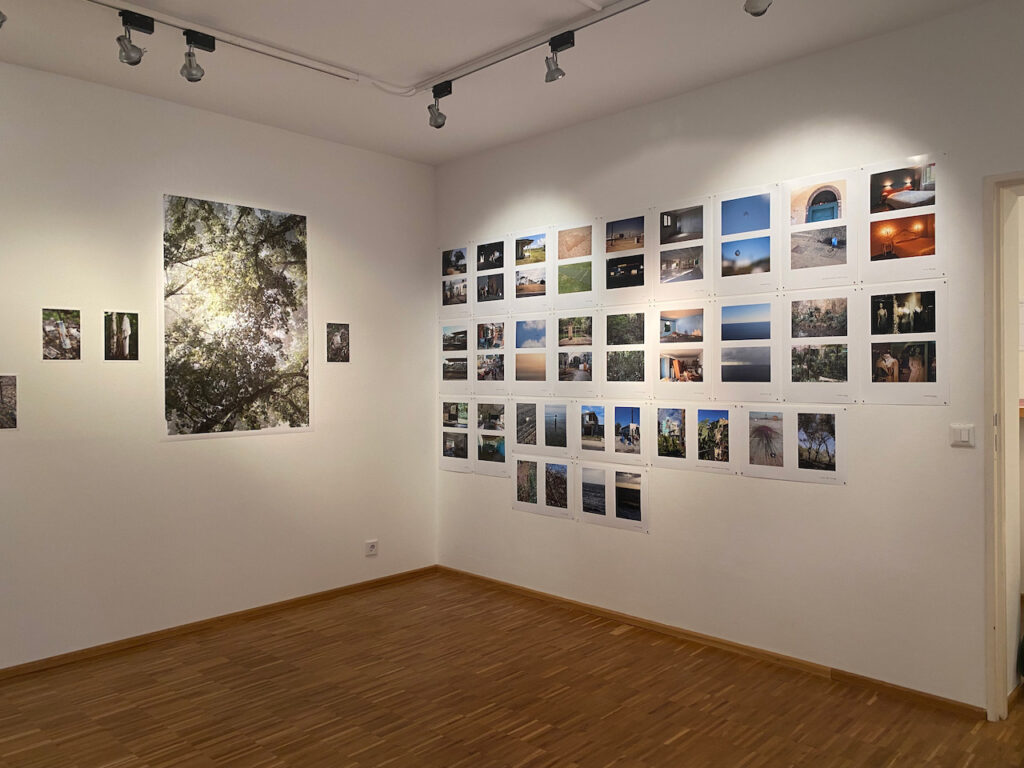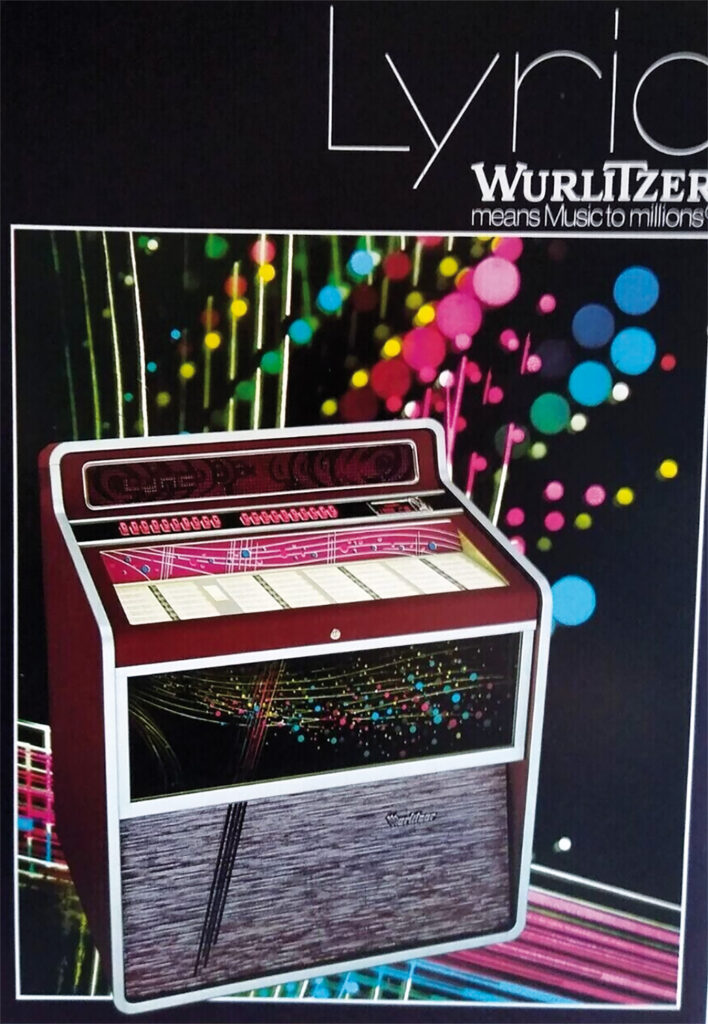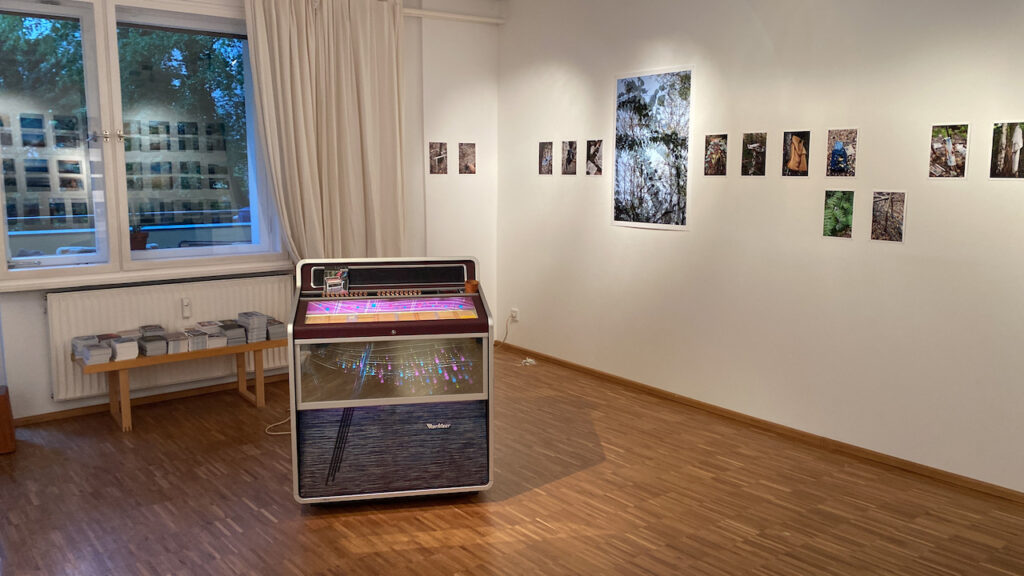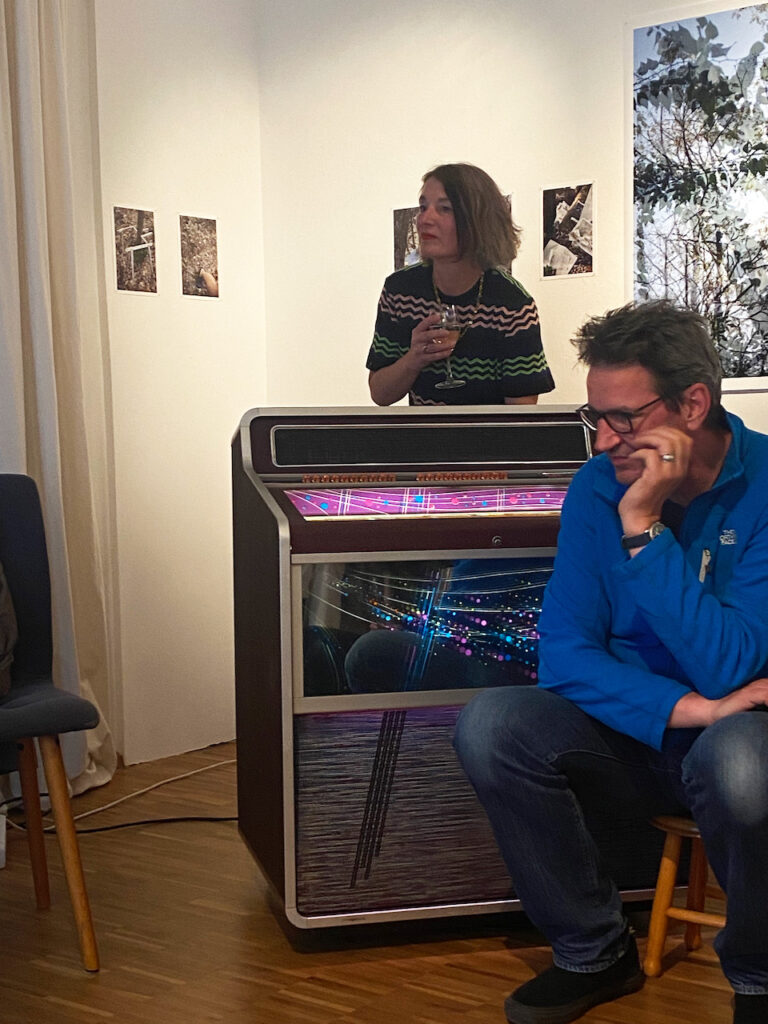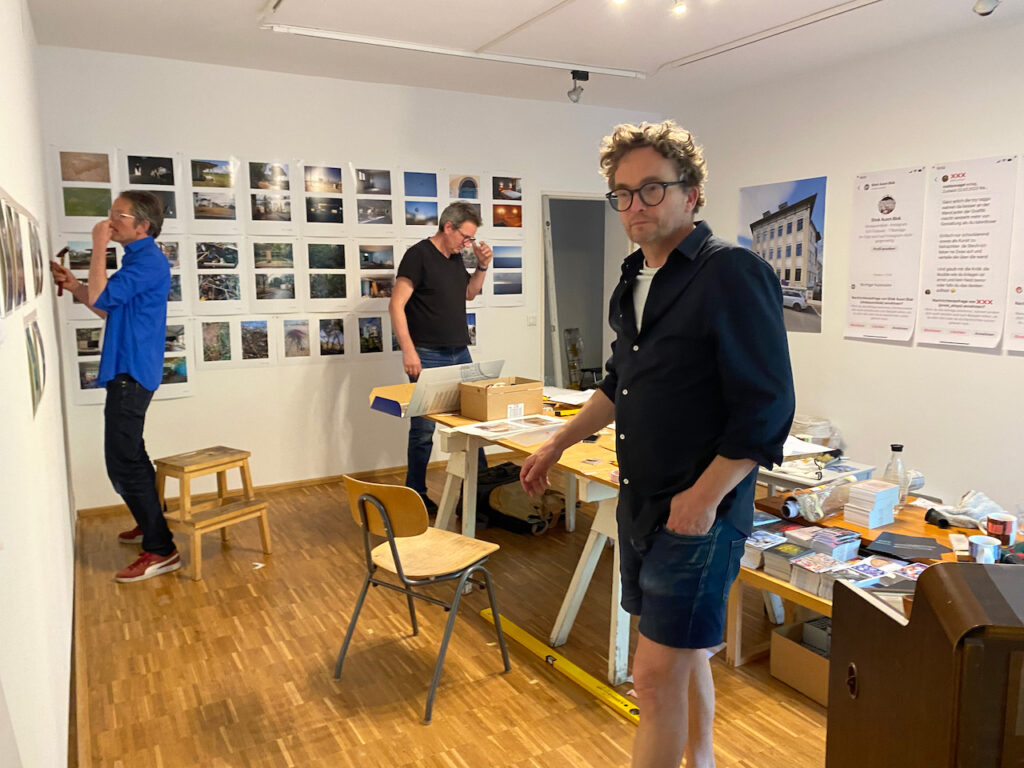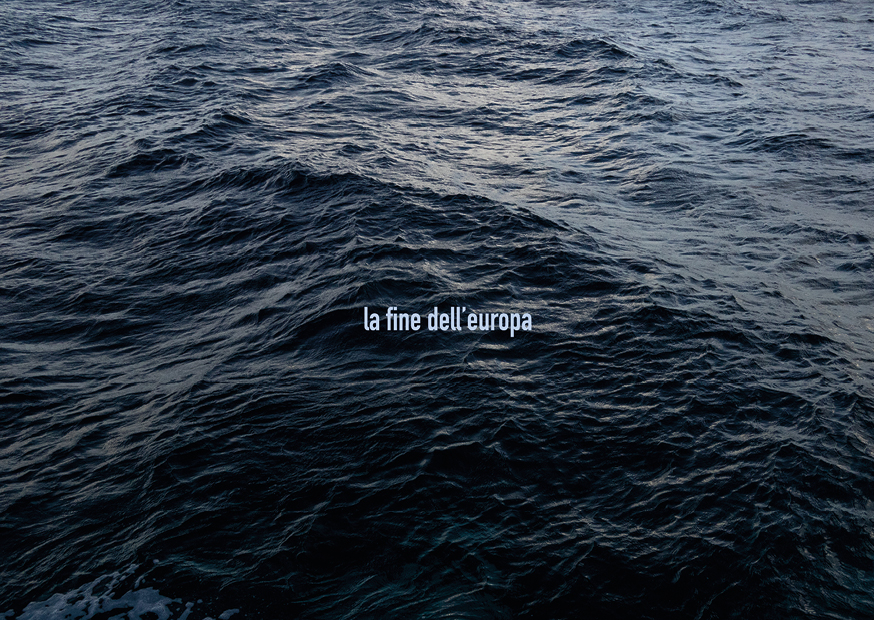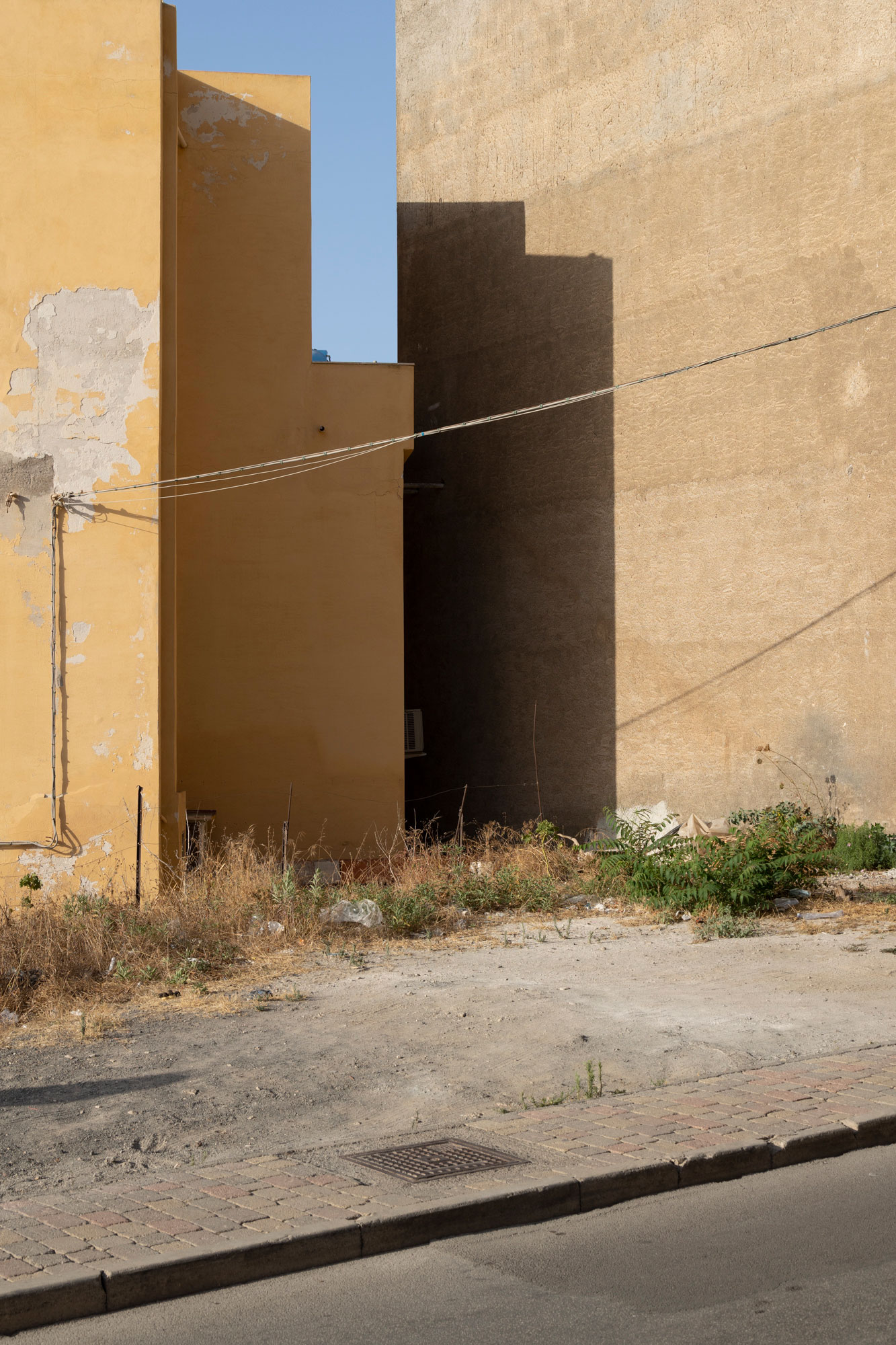Mangiasdischi
During my Italian Childhood till 1984, my moving to Berlin, Jukeboxes were standing around in every bar. Even already in the 70es they had a nostalgic touch – maybe because you could feel an already fade-out American-ness in them, maybe also because the mechanism till the vinyl started turning was quite slow, and almost an acoustic ritual. Jukeboxes have been some kind of augmented furniture, ingenious inventions, always a bit crazy and a bit ridiculous, too. They felt a bit embarrassing. Their Super design: fake wood and chrome, mirrored parts and kind of emotional light plays, sometimes moving with the rhythm of the songs, as well as their weird technical inner life, gave them a quite particular presence, almost human.
Already looking for the right coin, changing it at the bar and talking to the barman / barwoman took a moment. Putting the coin into the chrome plated money slot, listening to its falling down in a money-filled invisible box, the percussion of the metal landing in it, was the perfect intro. Selecting the number of vinyl-singles playing was the next step, before choosing the titles, selecting the songs. There you had squarish, transparent, and lightened from behind plastic buttons in two rows: one for the letters of the alphabet and one for the numbers 1 to 10. With combinations of one (or two) of each letter or numbers, you had introduced the titles and their order of listening. It was quite a challenge and test of courage. Going back to the seat and table, felt a bit like having sung a song I public (Karaoke did not exist yet) because you were sharing a collective moment of listening – your own favorites. That meant revealing part of an intimacy to alien bar guests. T 45’ Vinyls were often also displayed with their A and B side – the A side has, of course, run much more often than the B side – and the Vinyls had to be changed once it has been impossible to listen to them, as the needle dug deep grooves in the black disk.
Leaving Italy, I brought a Mangiasdischi with me to Berlin – a so called: Record Eater.
This is a red handsome portable plastic device for children (I guess) whether working with batteries or cable and able to play one single vinyl at the time. With that, I also brought my collection of 45’vinyls to Germany. A mainstreamish mix of mainly Italian and some British/US hits from the sixties to the eighties – which I then played occasionally inviting my new classmates from the HdK, Art School in Berlin. I remember that for them it was quite exotic to be at my rear-house, fourth floor, coal-heated apartment in Oranienstrasse, eating a plate of Risotto (which at the time was a totally unknown dish) and listening to the clattering little plastic box playing songs – which came from a totally other cultural space than theirs. This experience at a time before music has been distributed and displayed digitally, is one of our strong connections, us being the last dinosaurs of the analogue times.
In some other installations I included a selection of songs, playlists, displayed in sculpture-like contexts, in the artspace or in public space.




